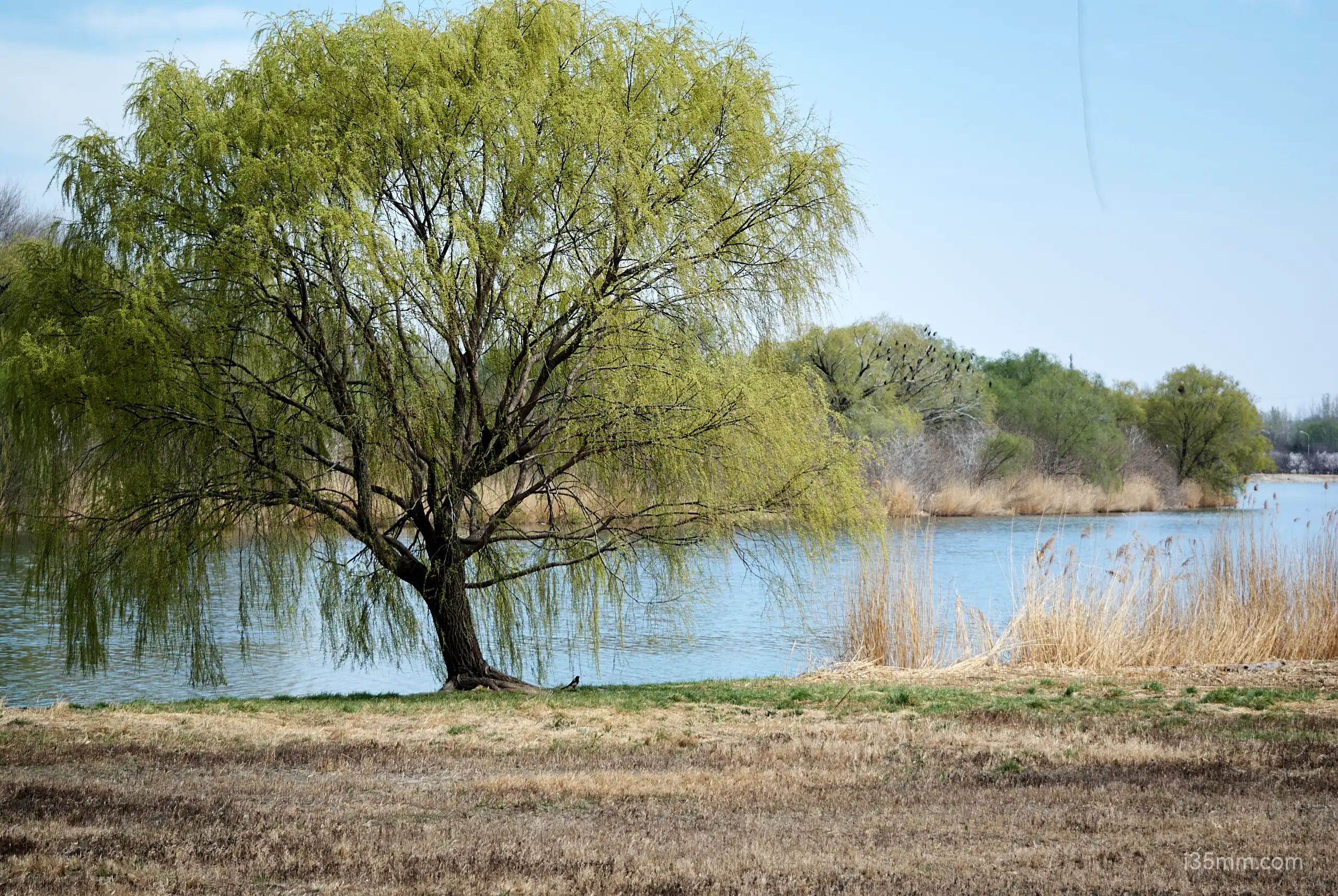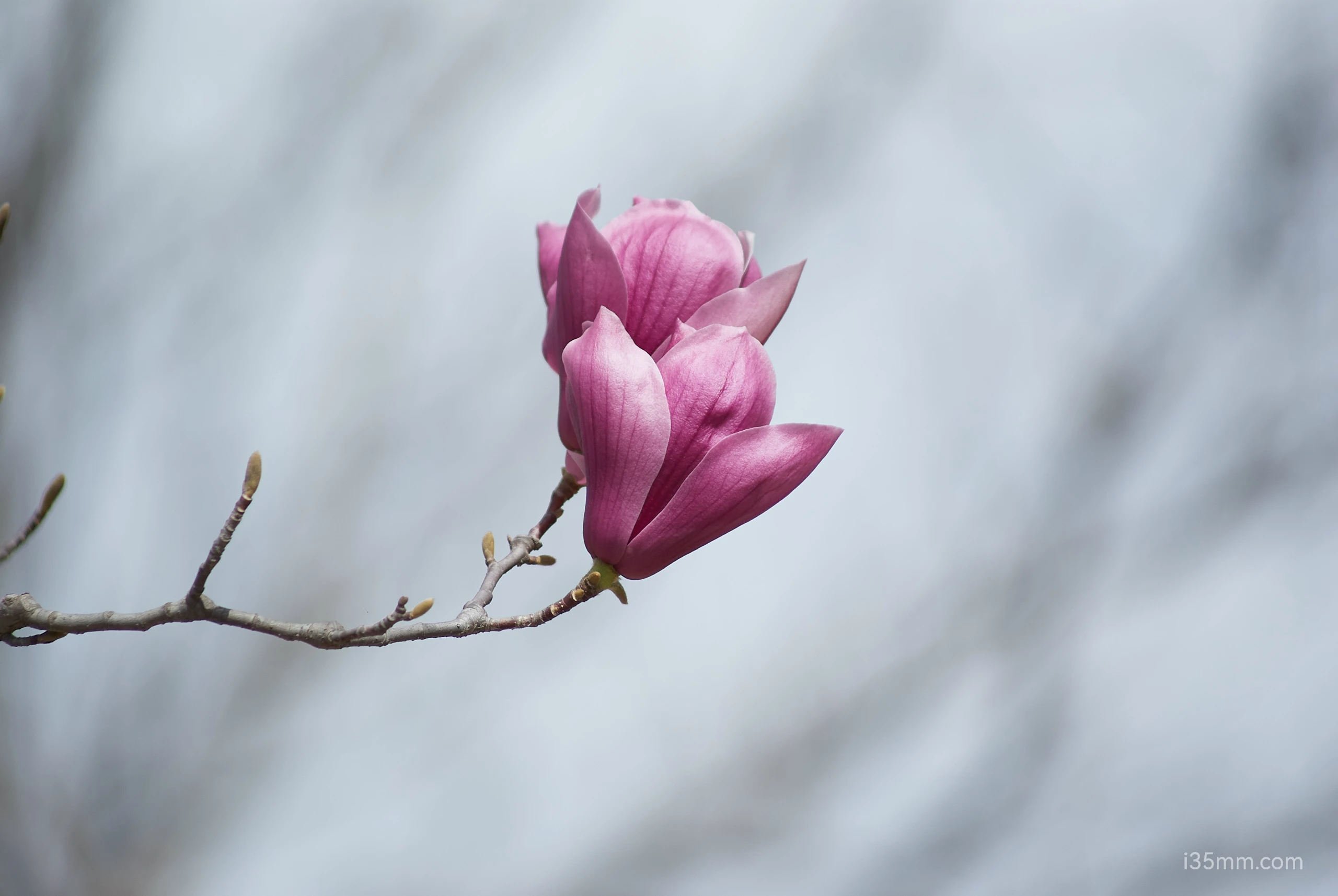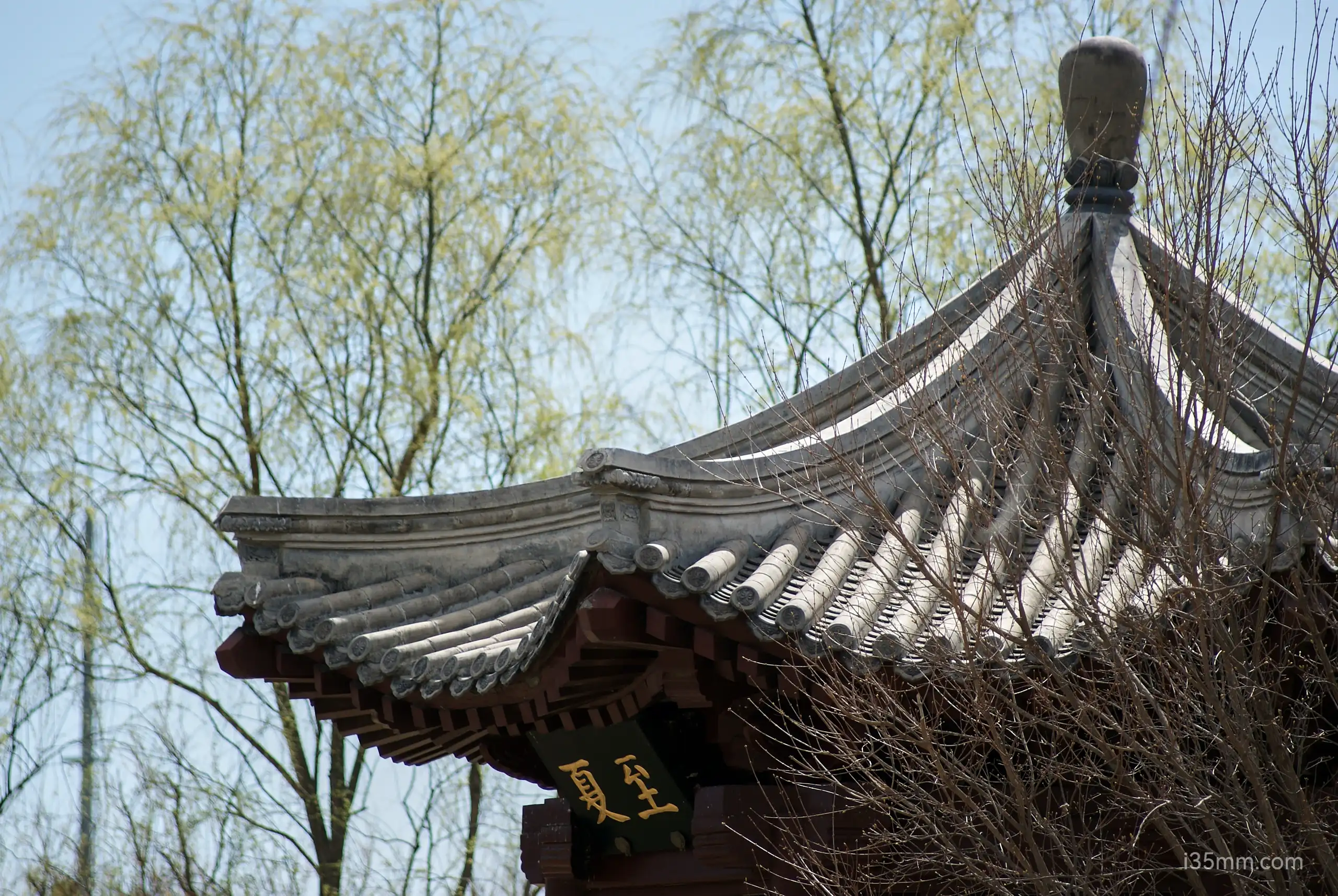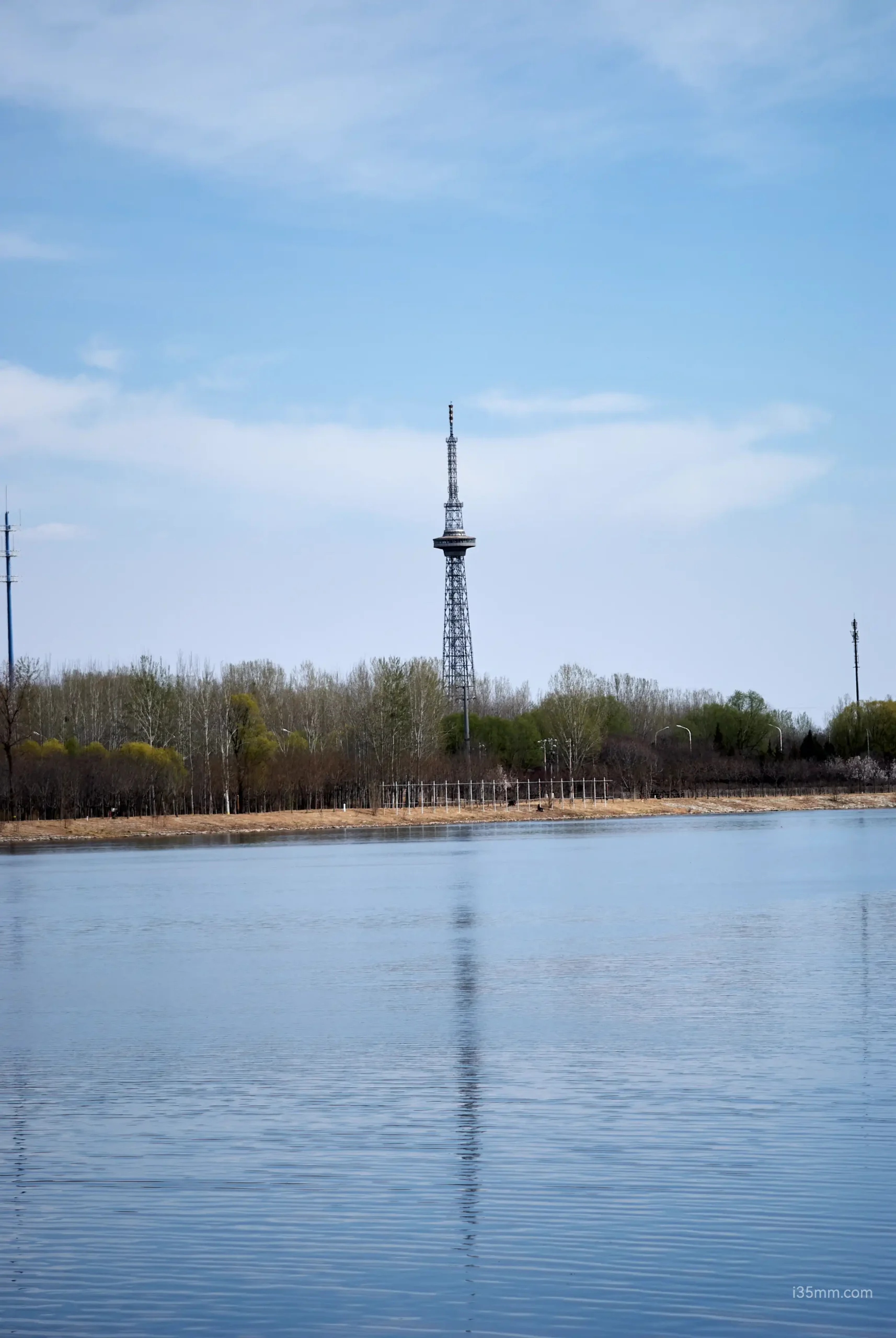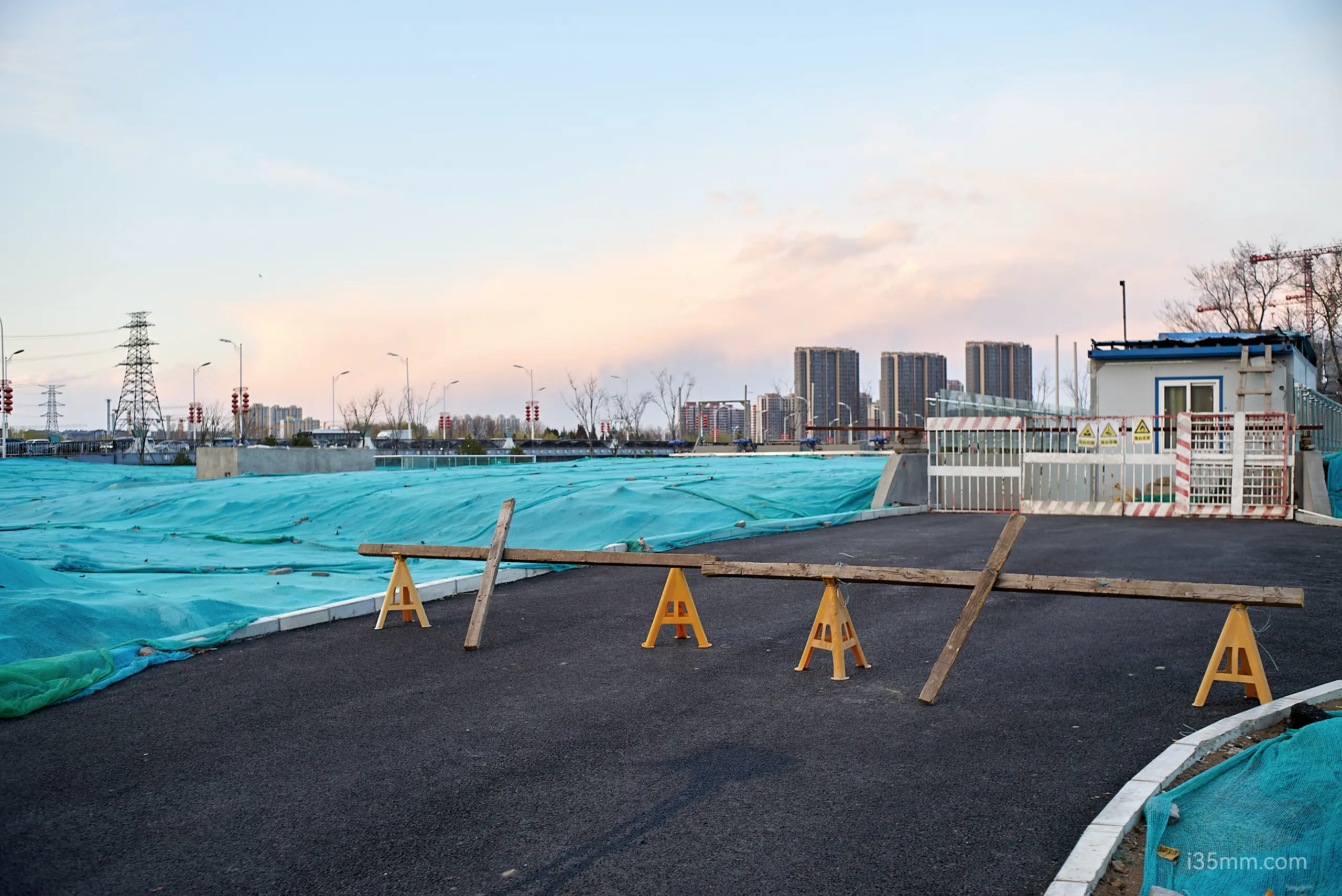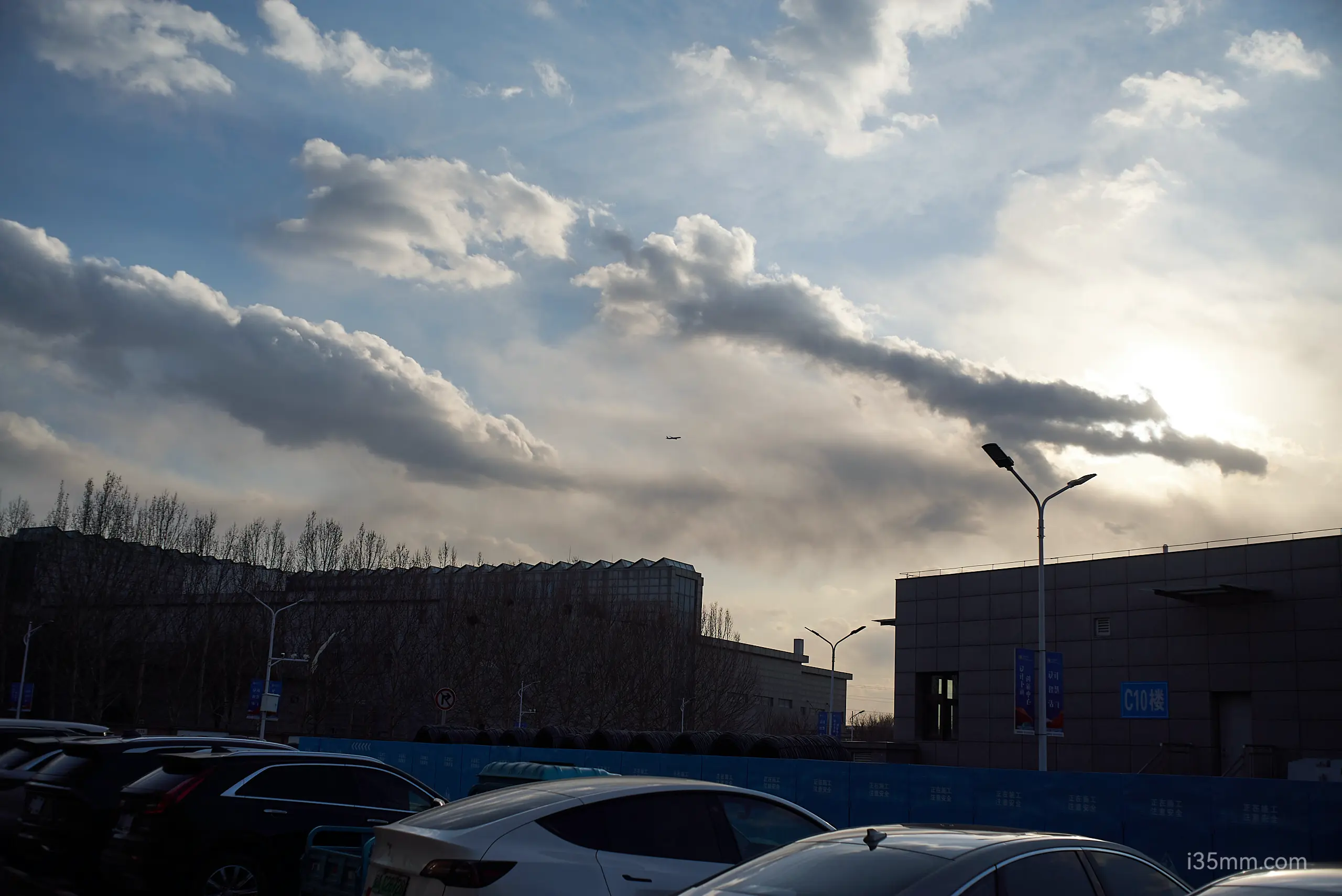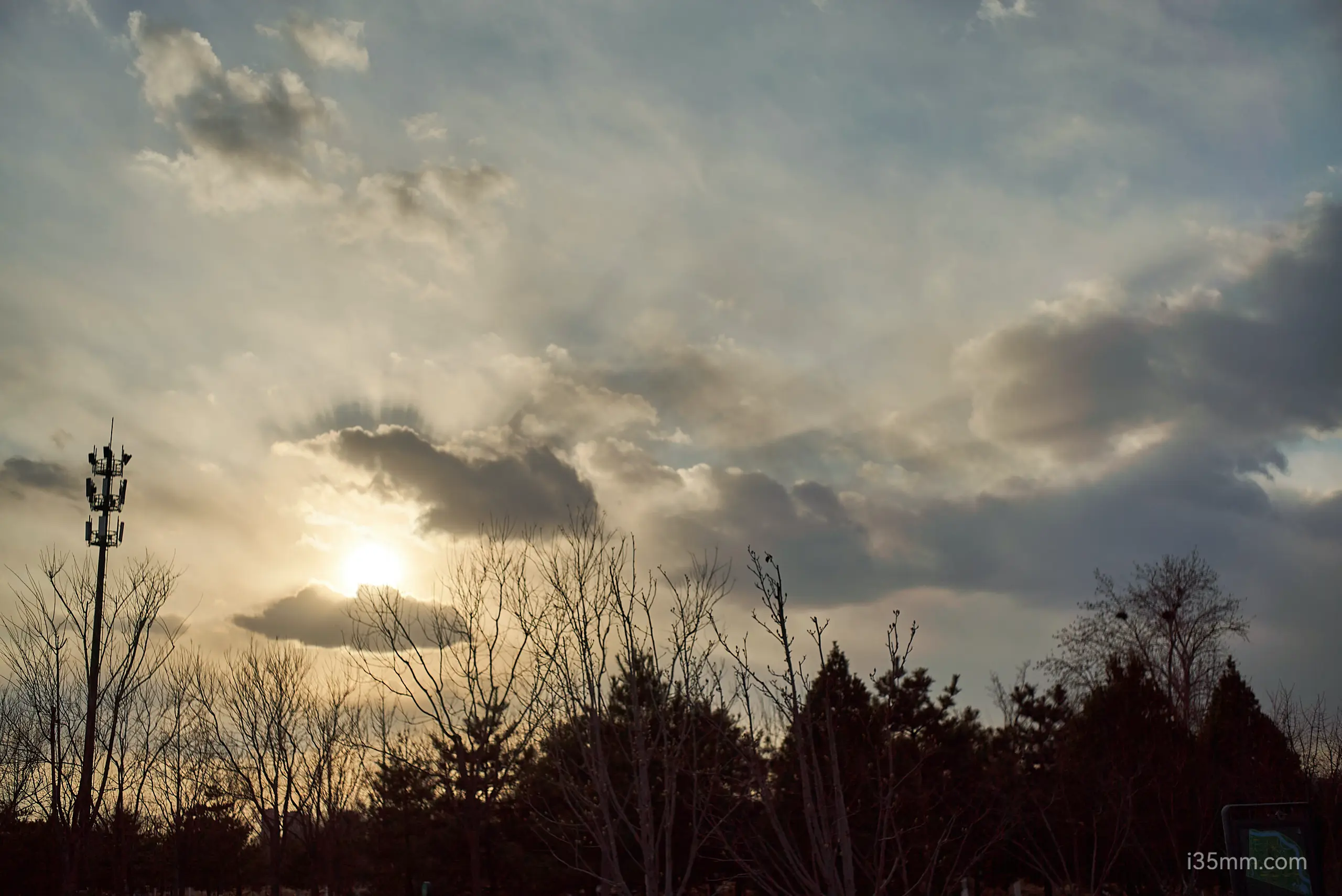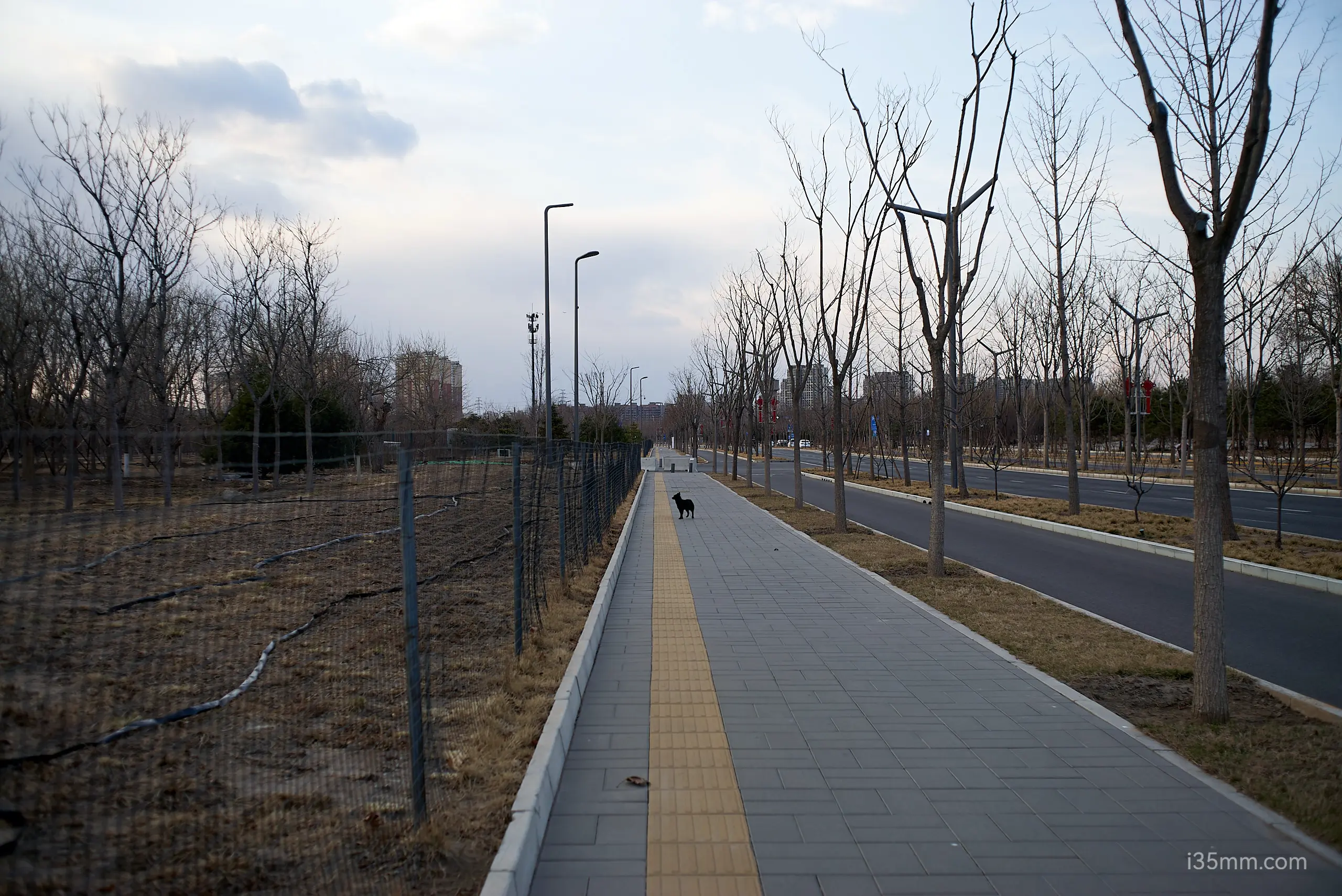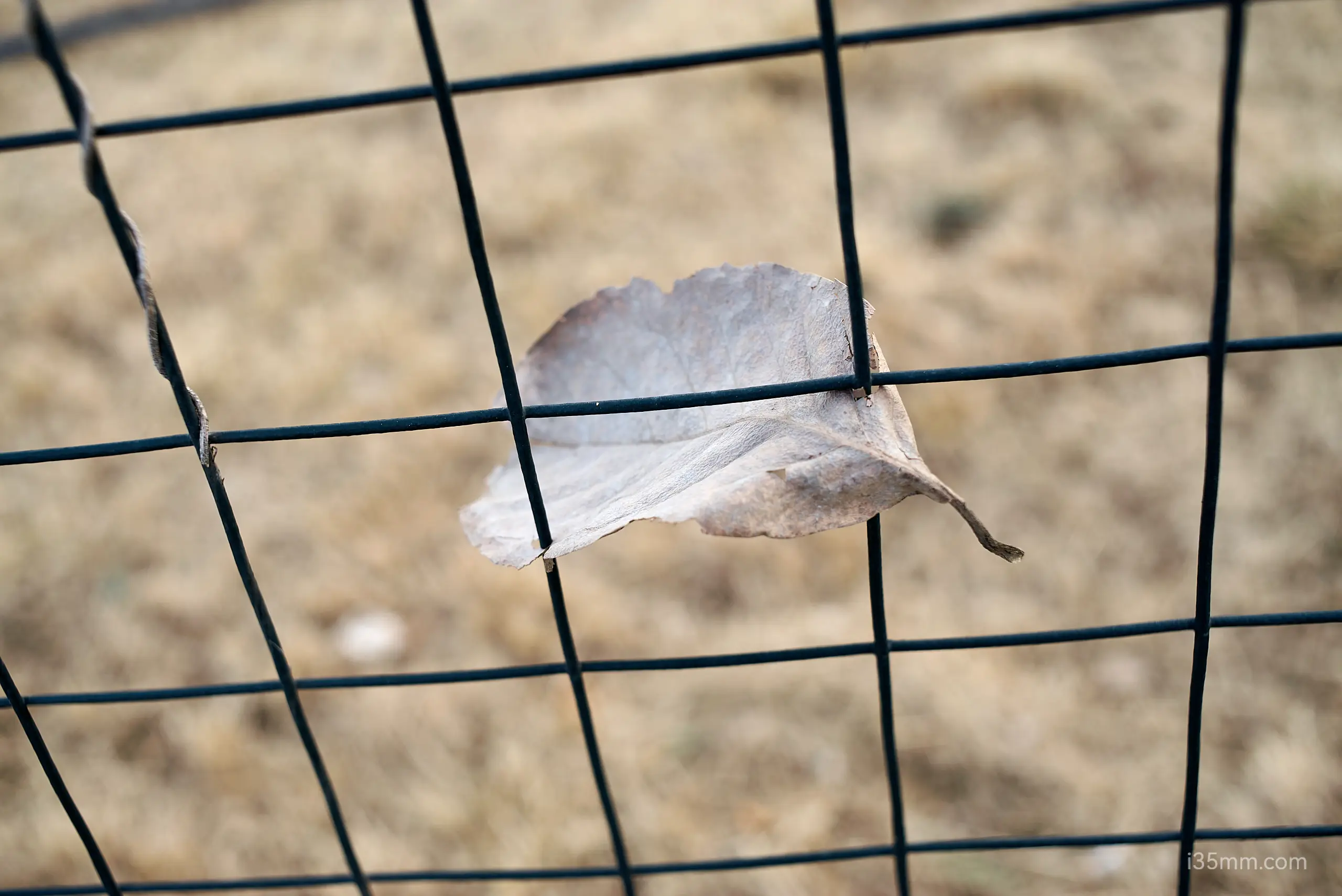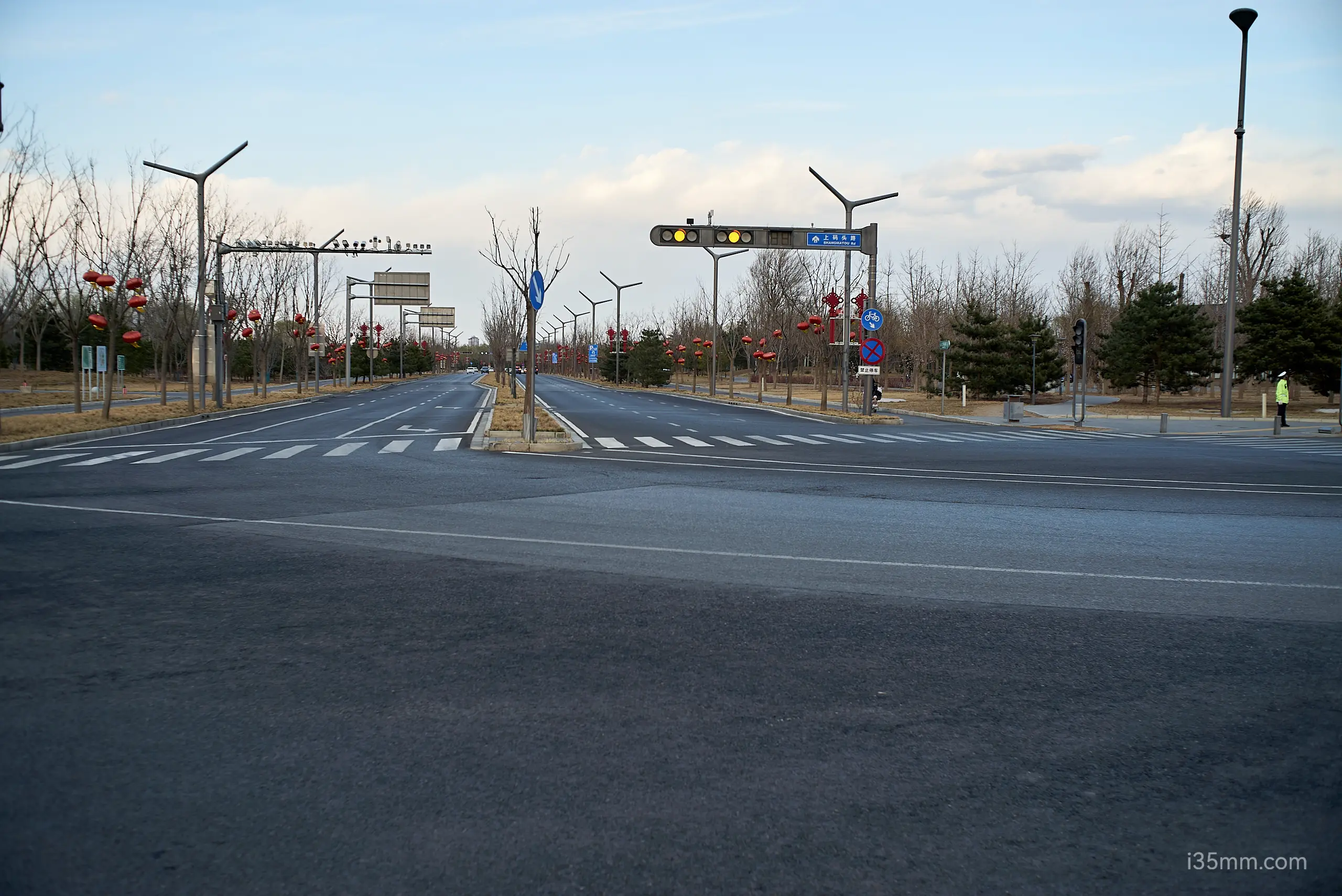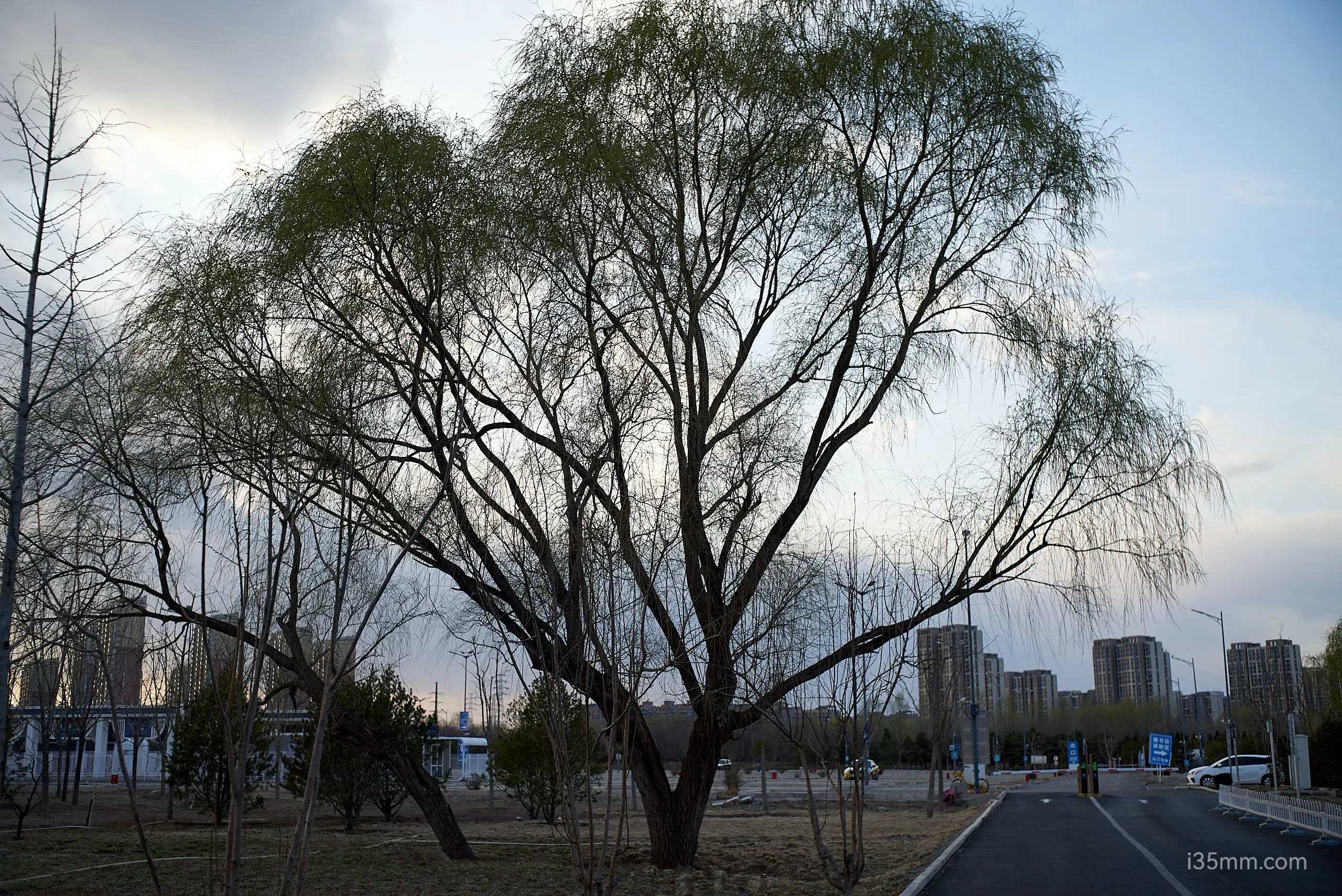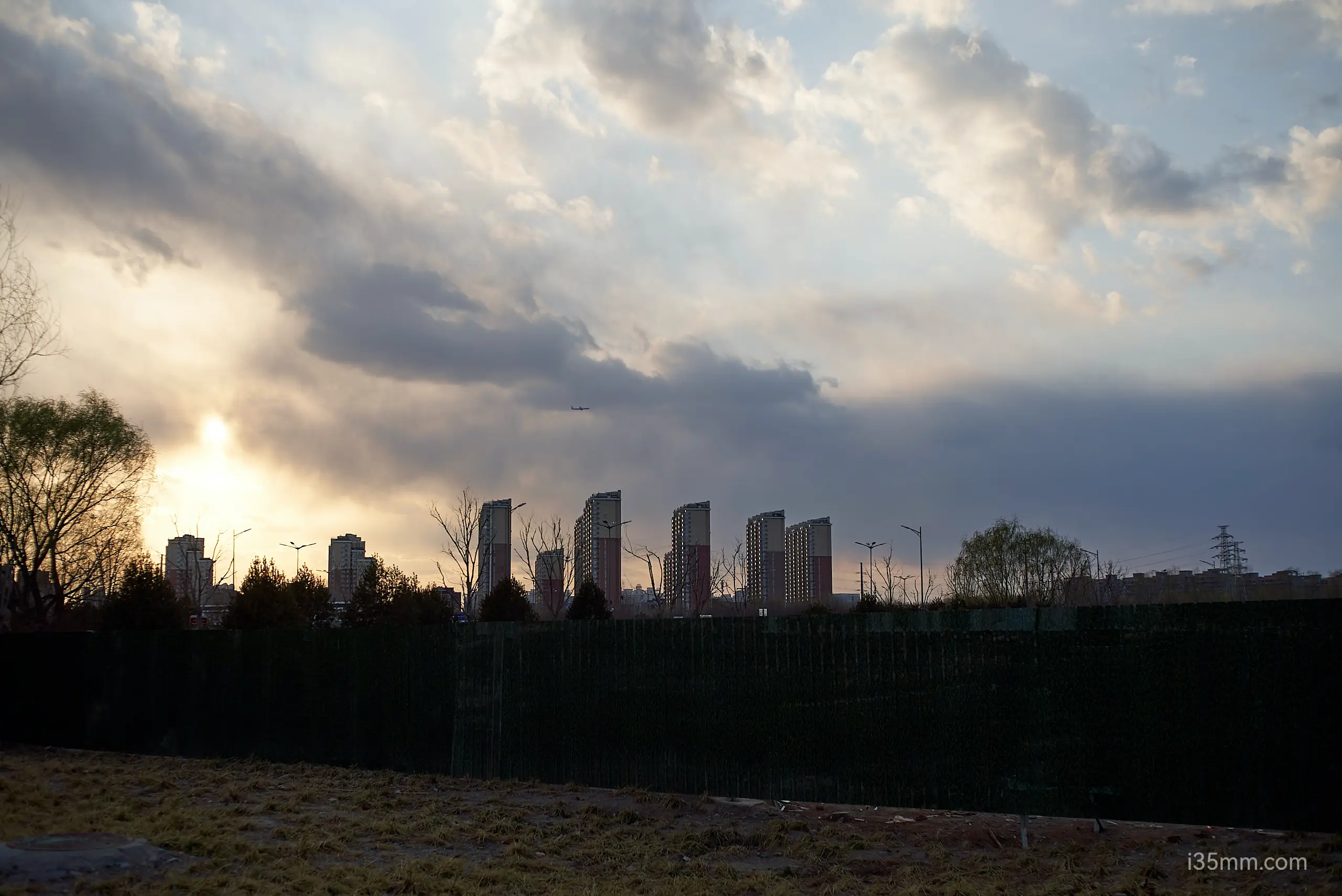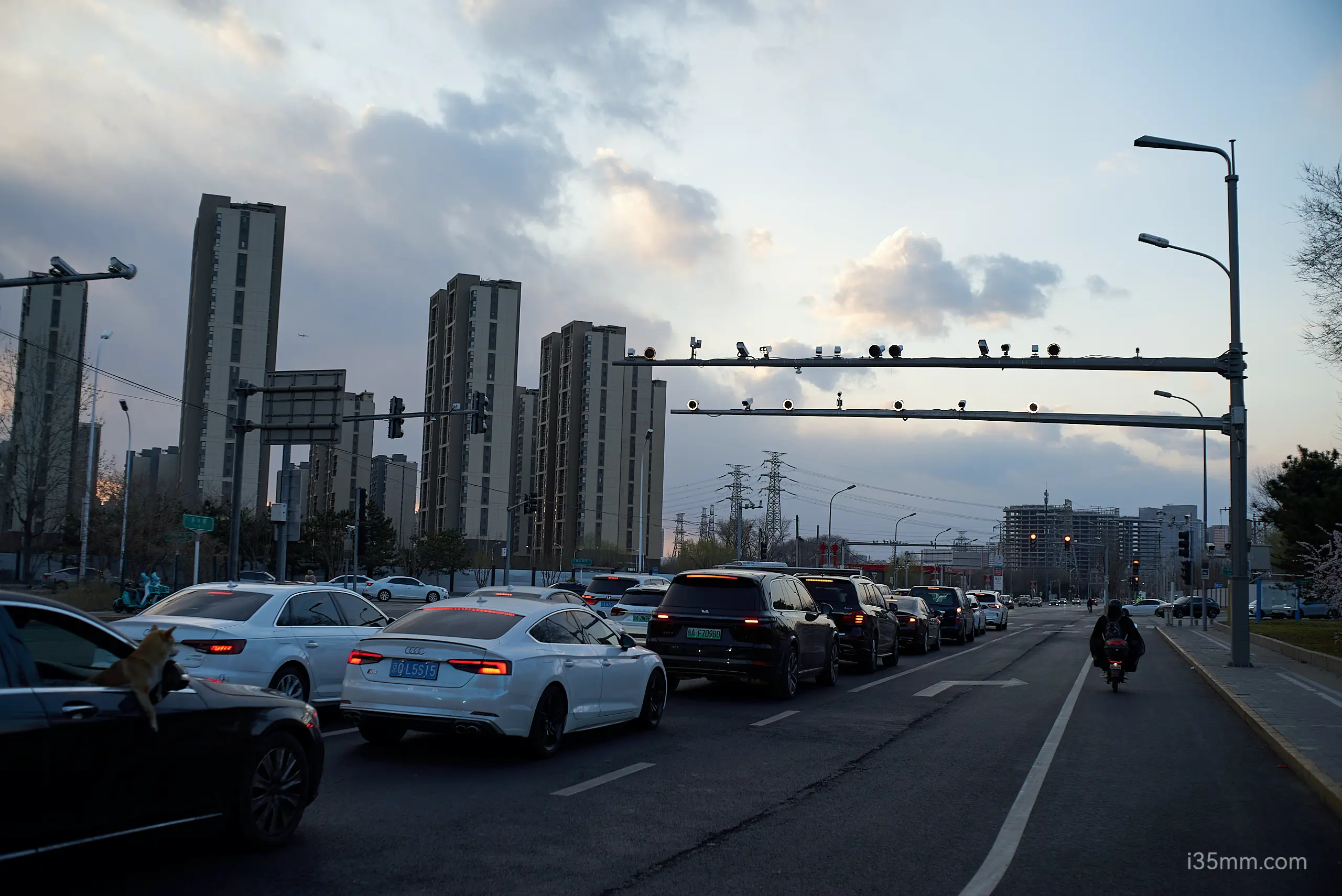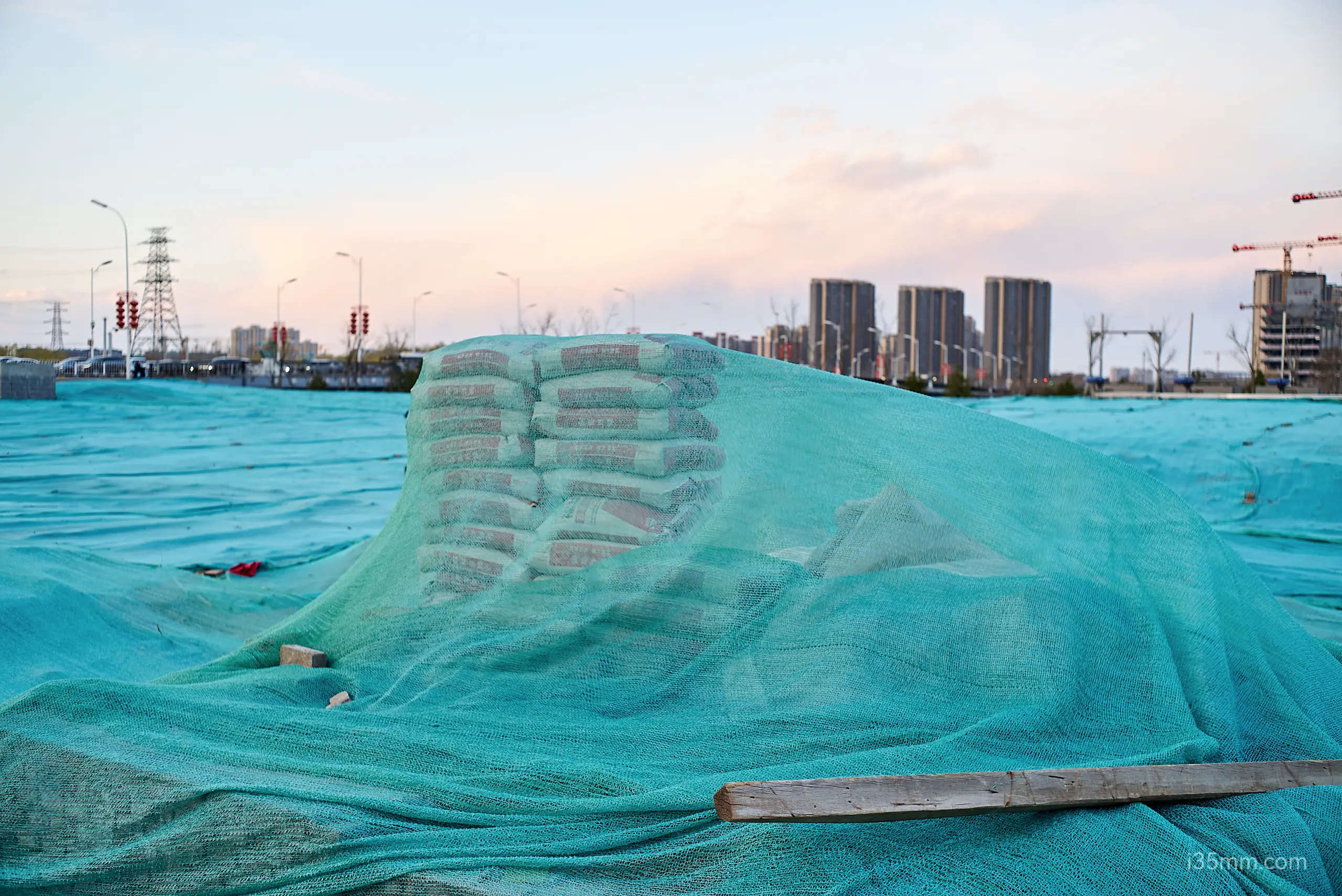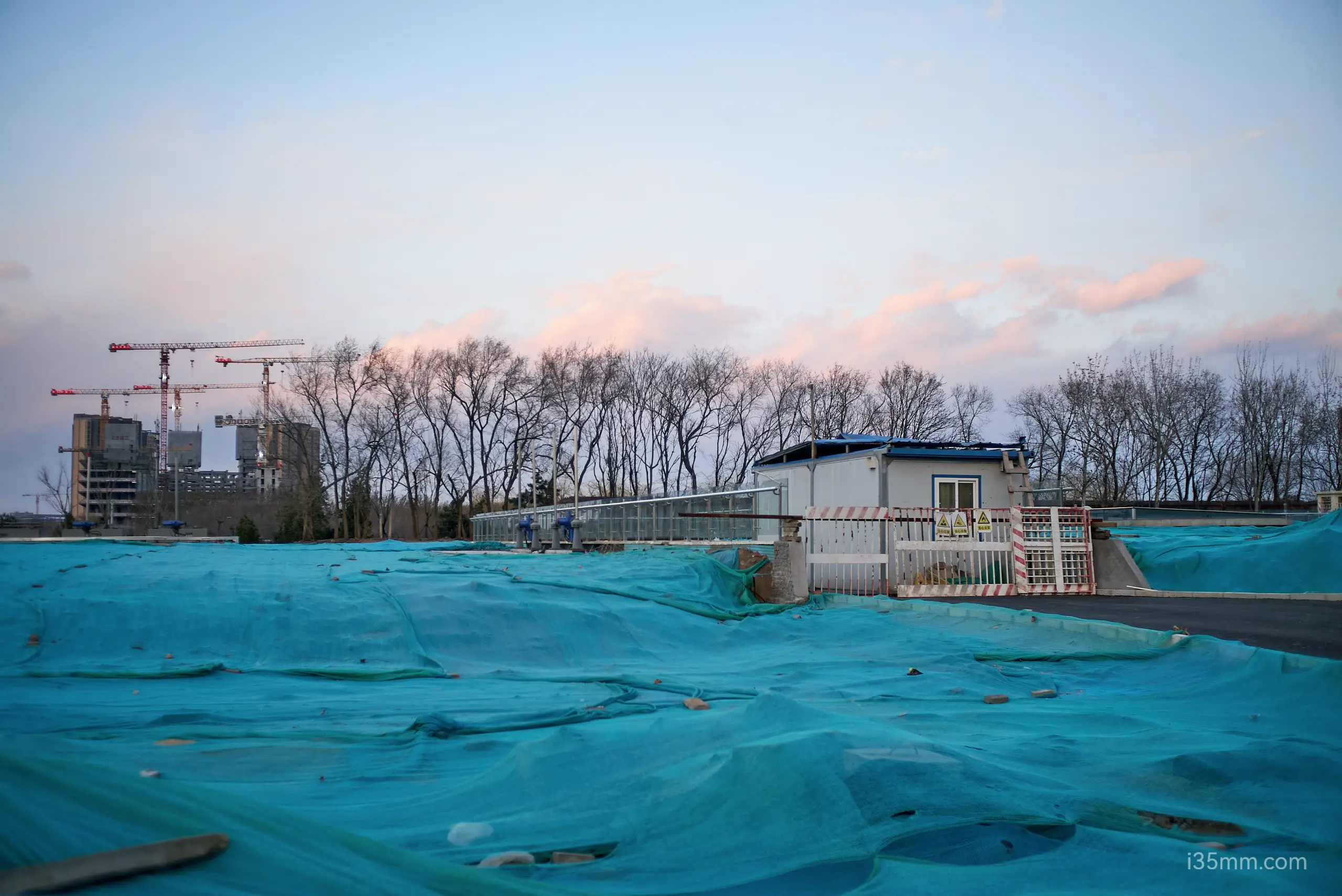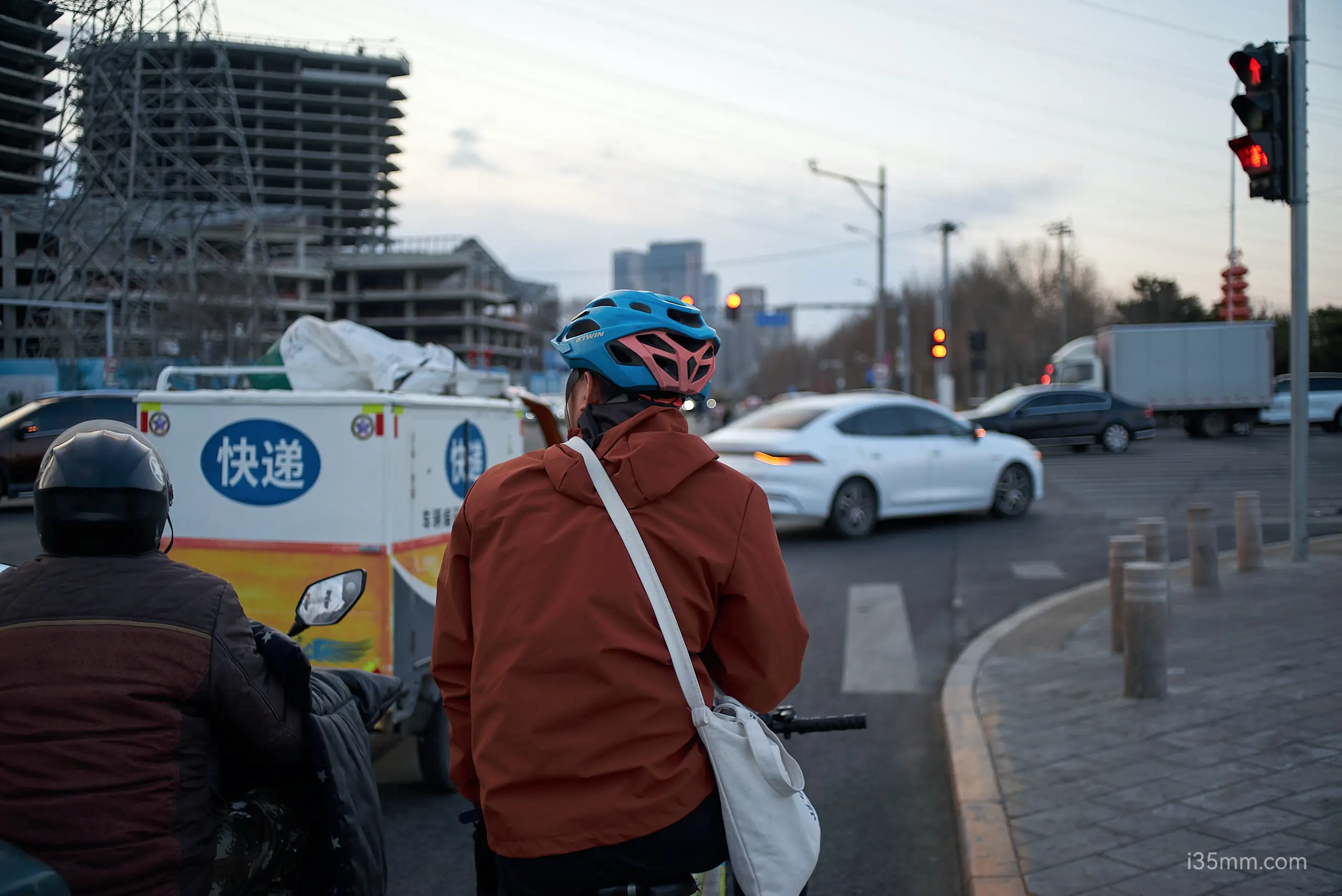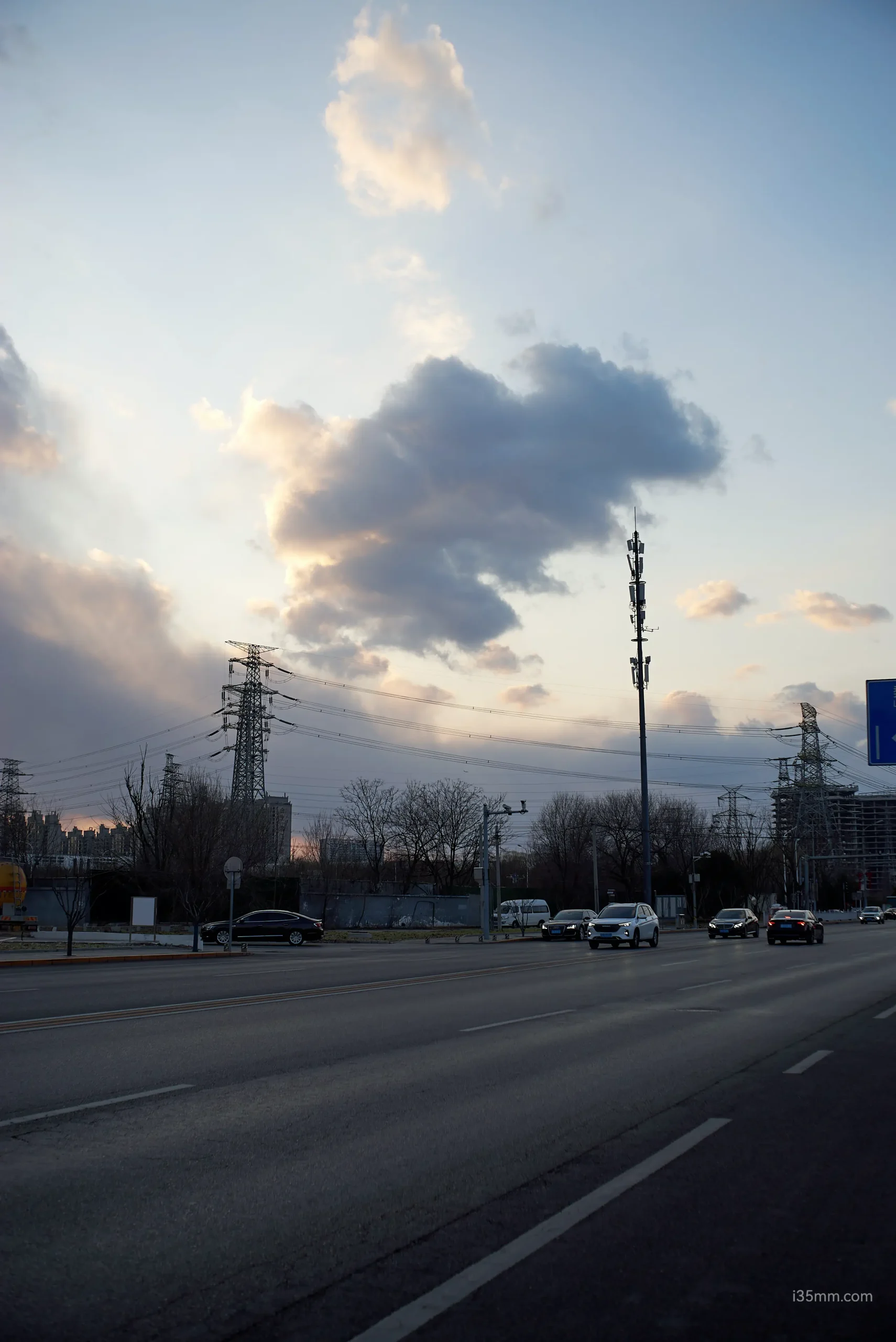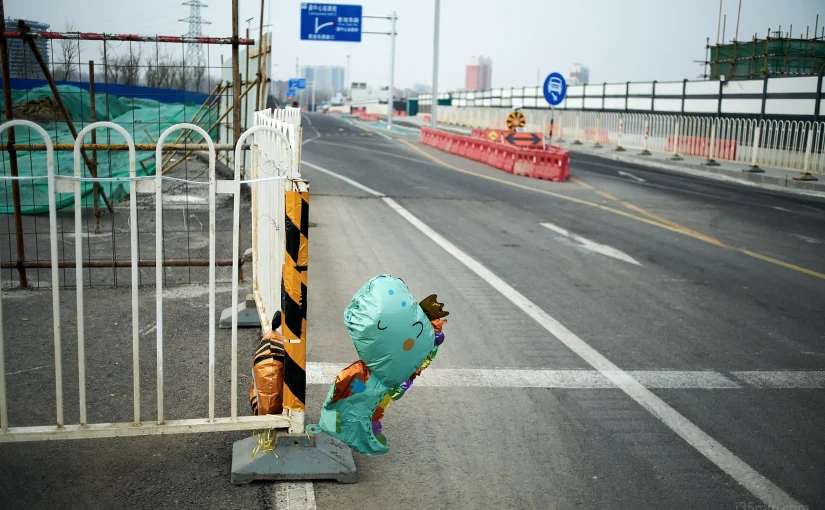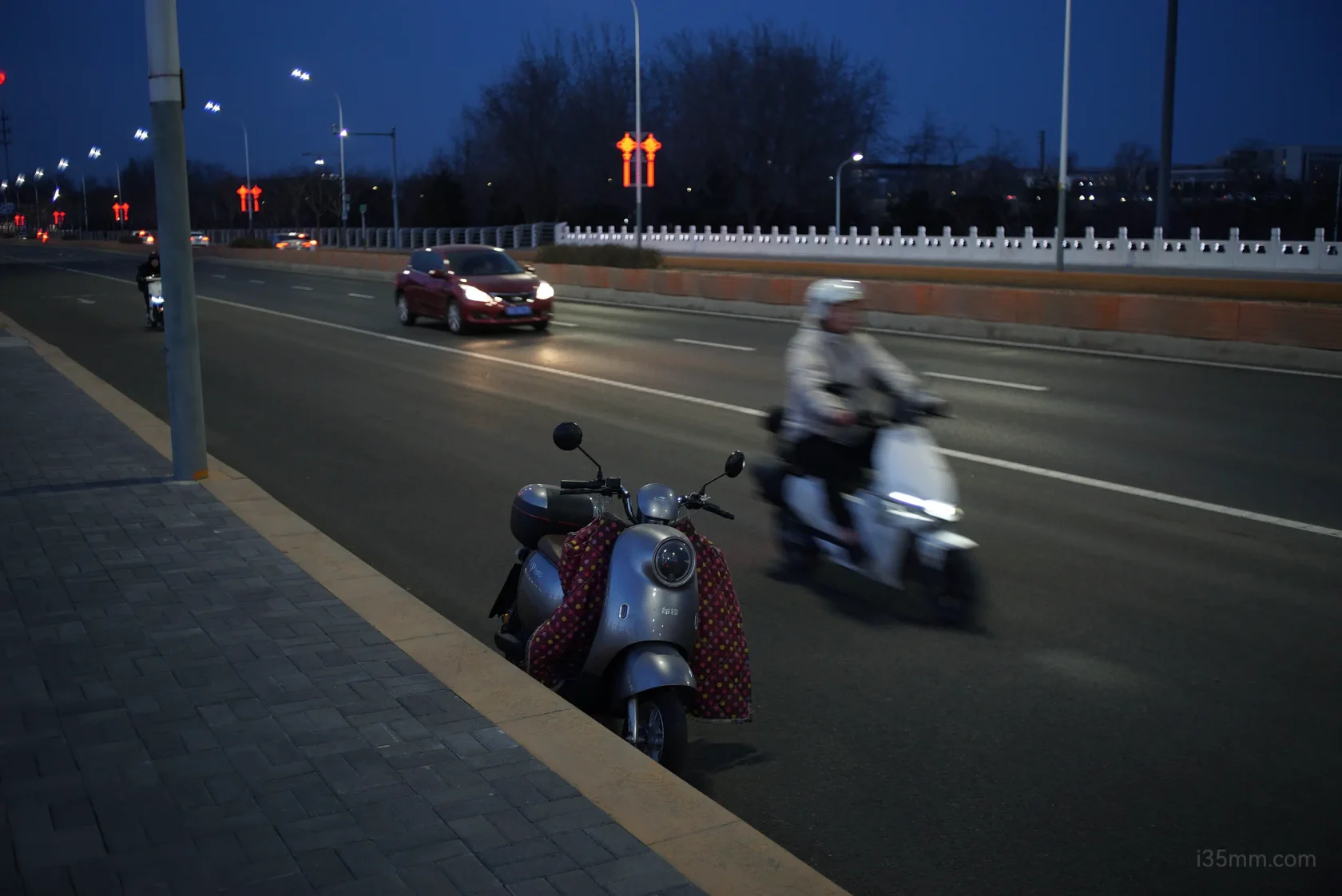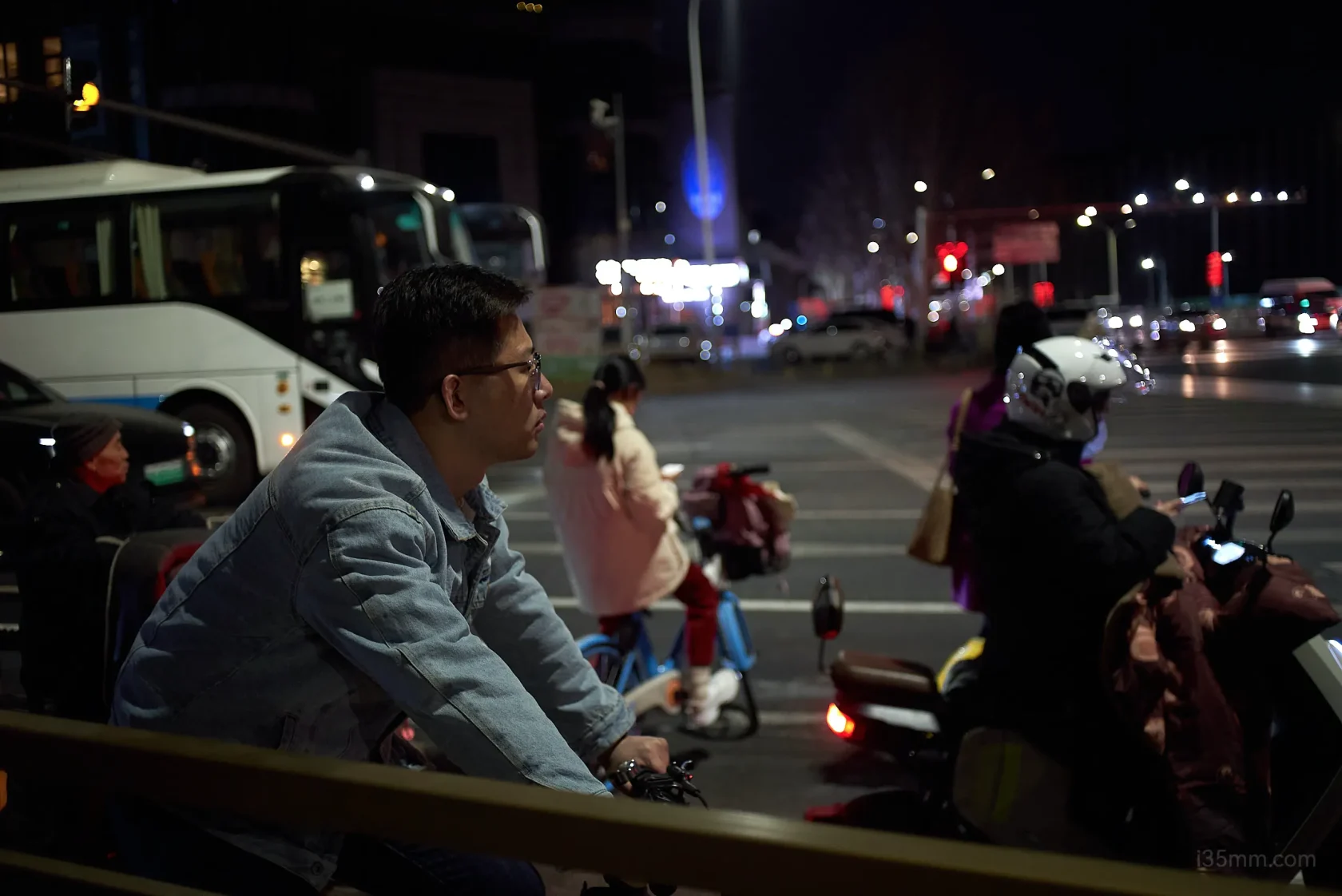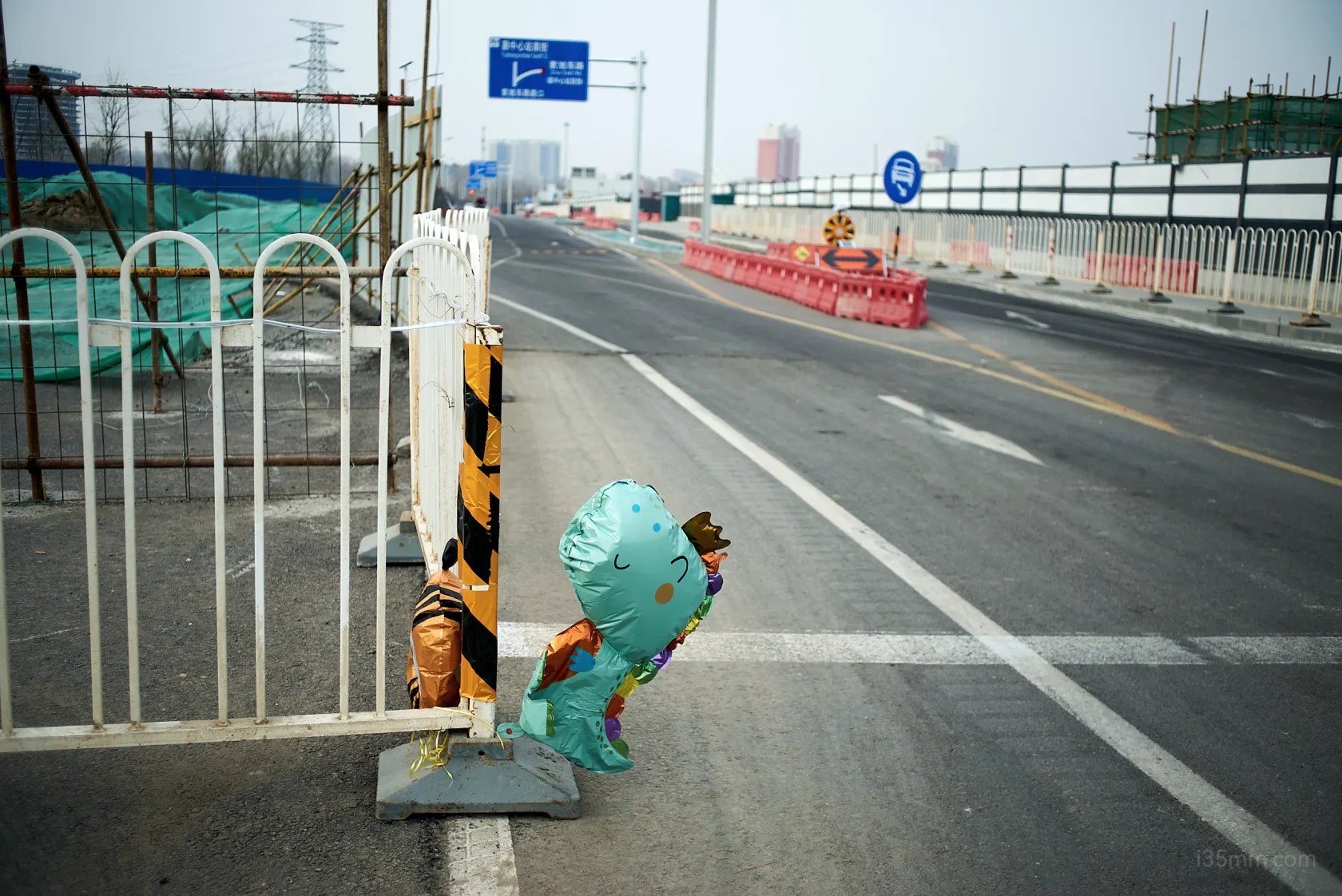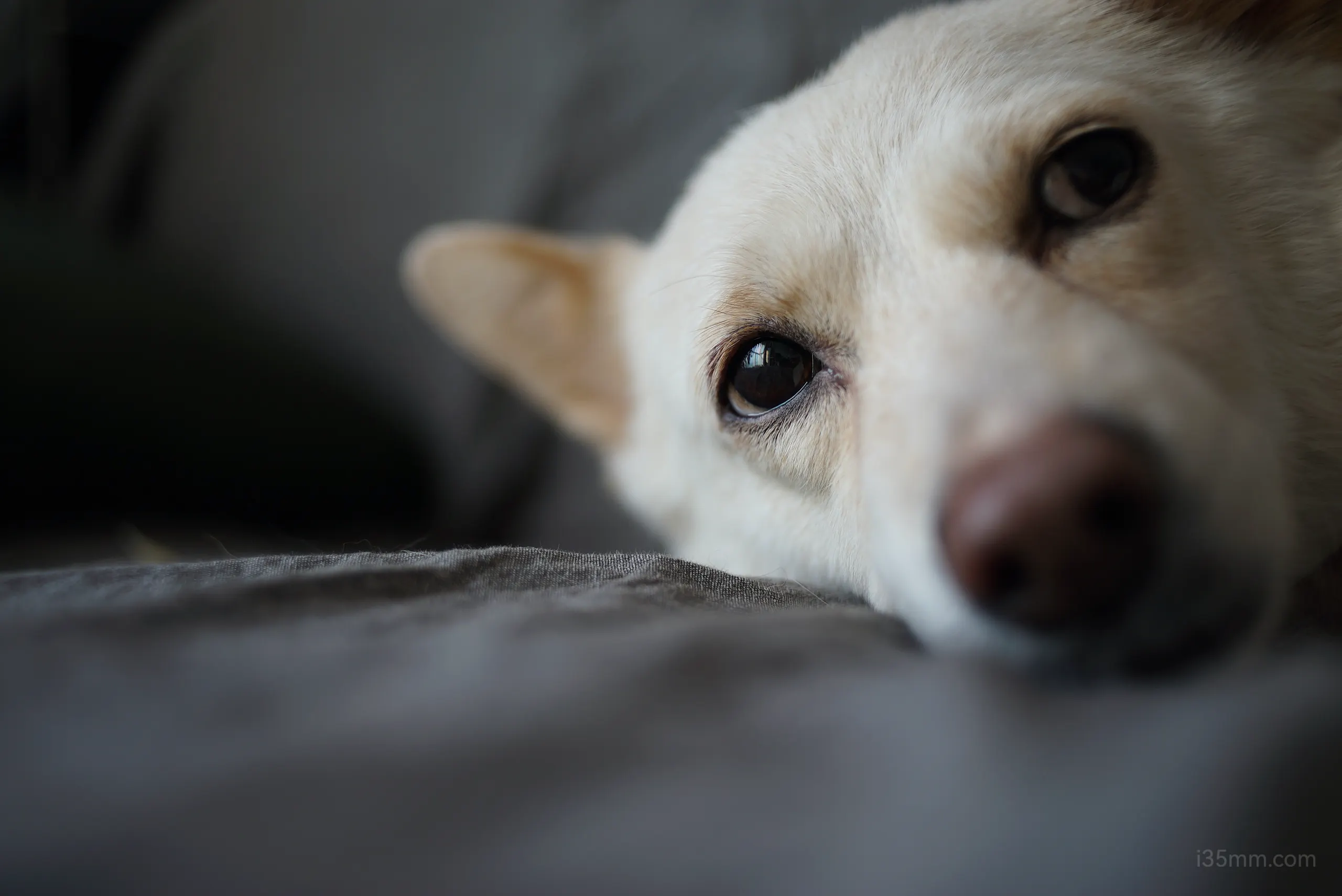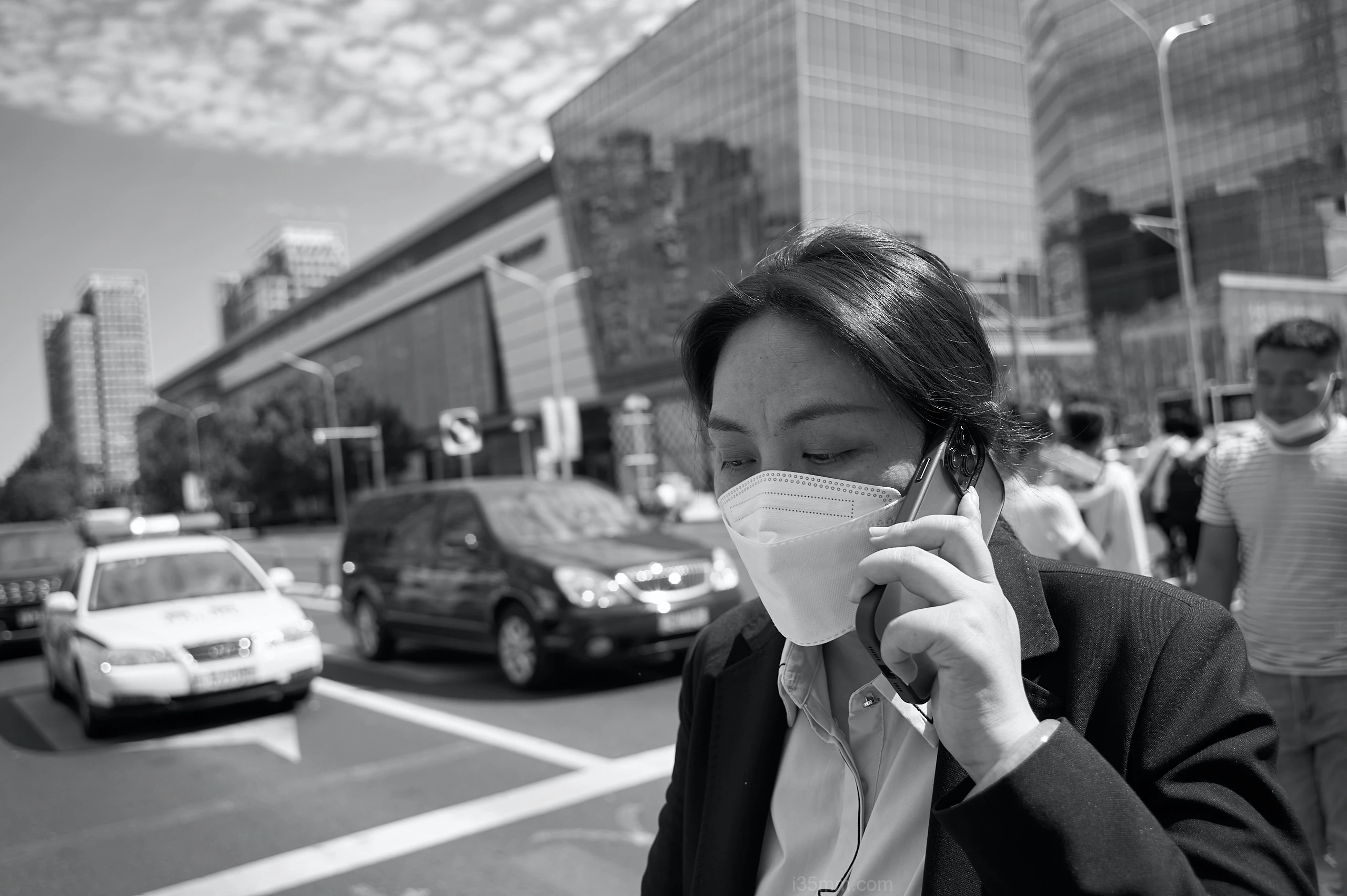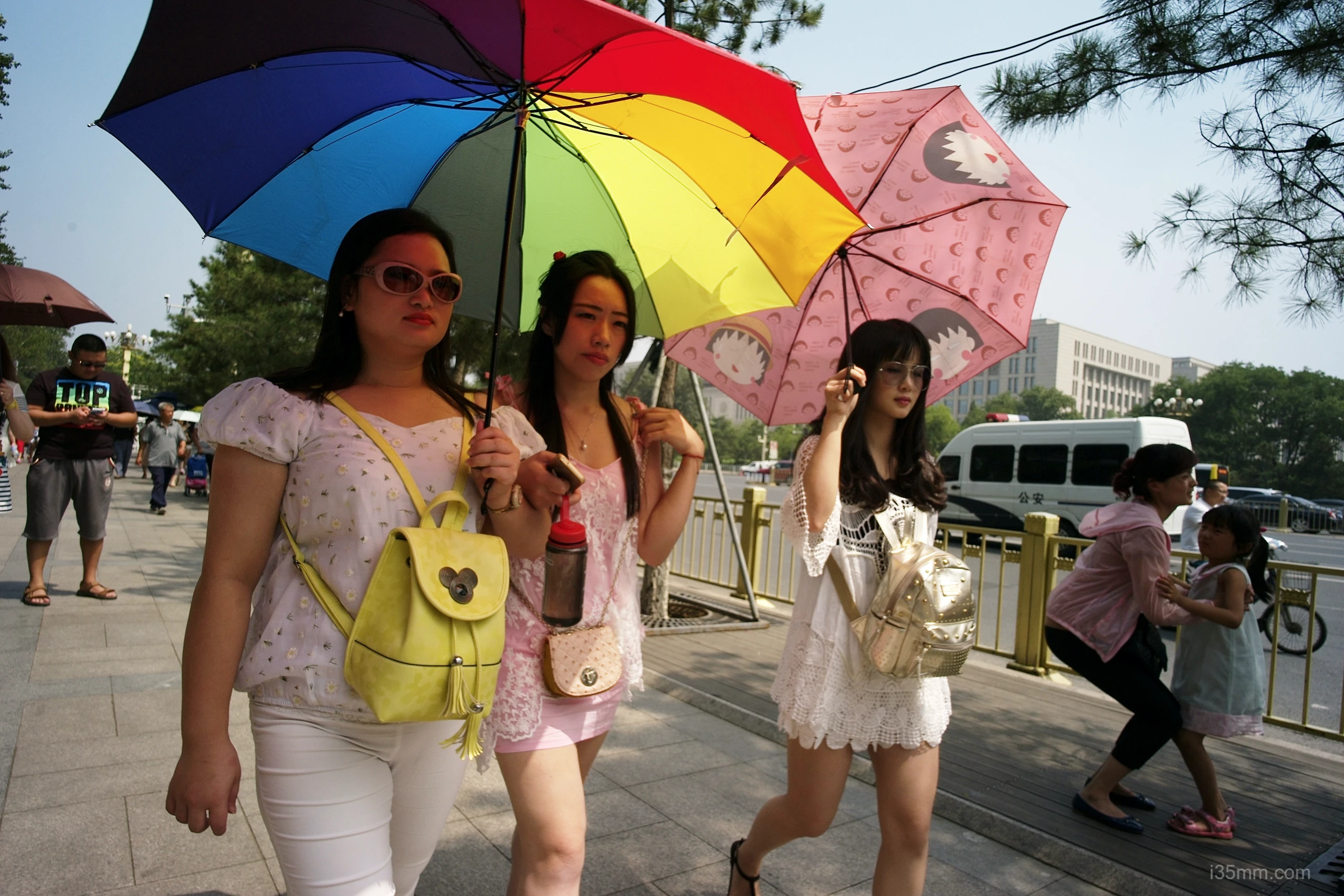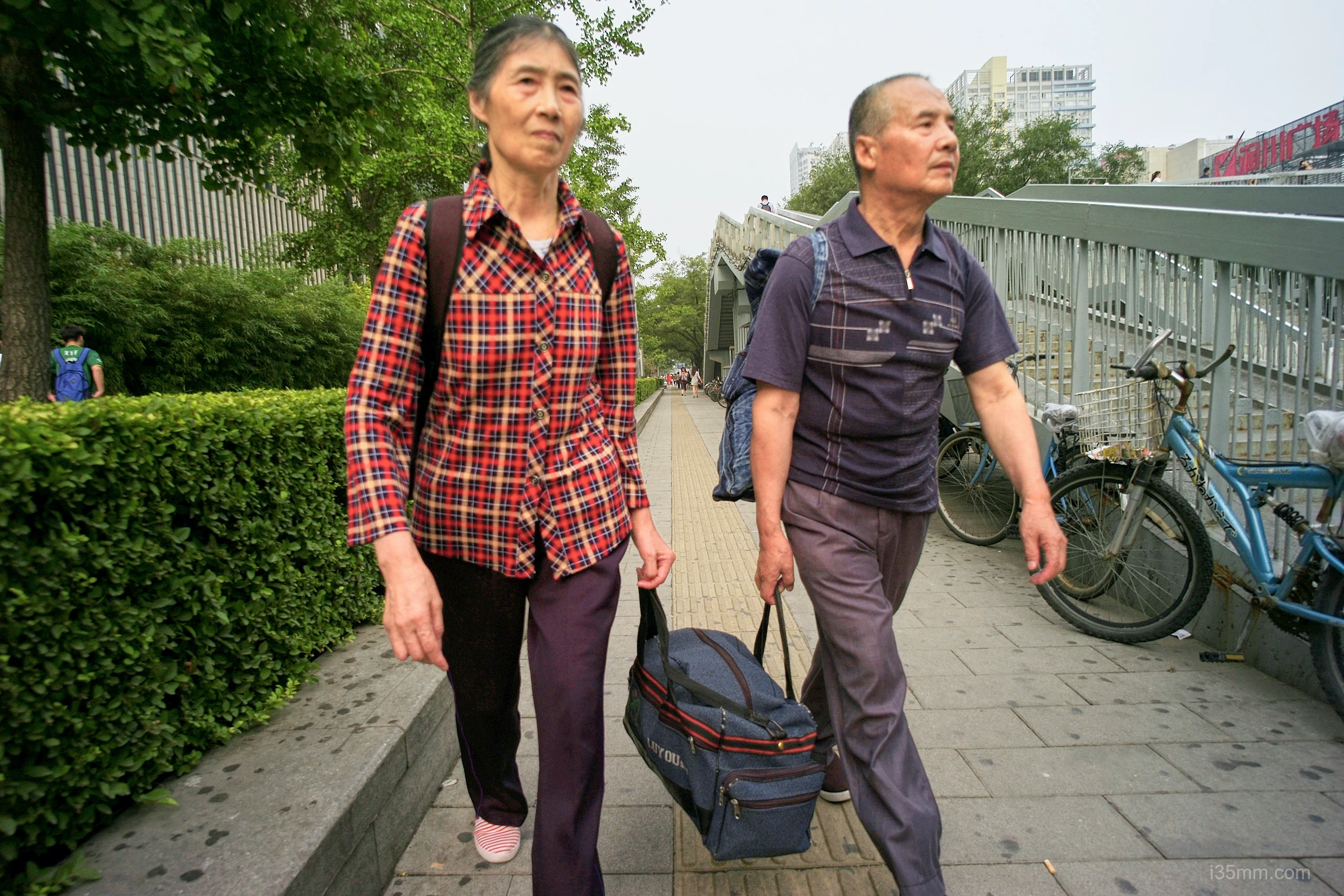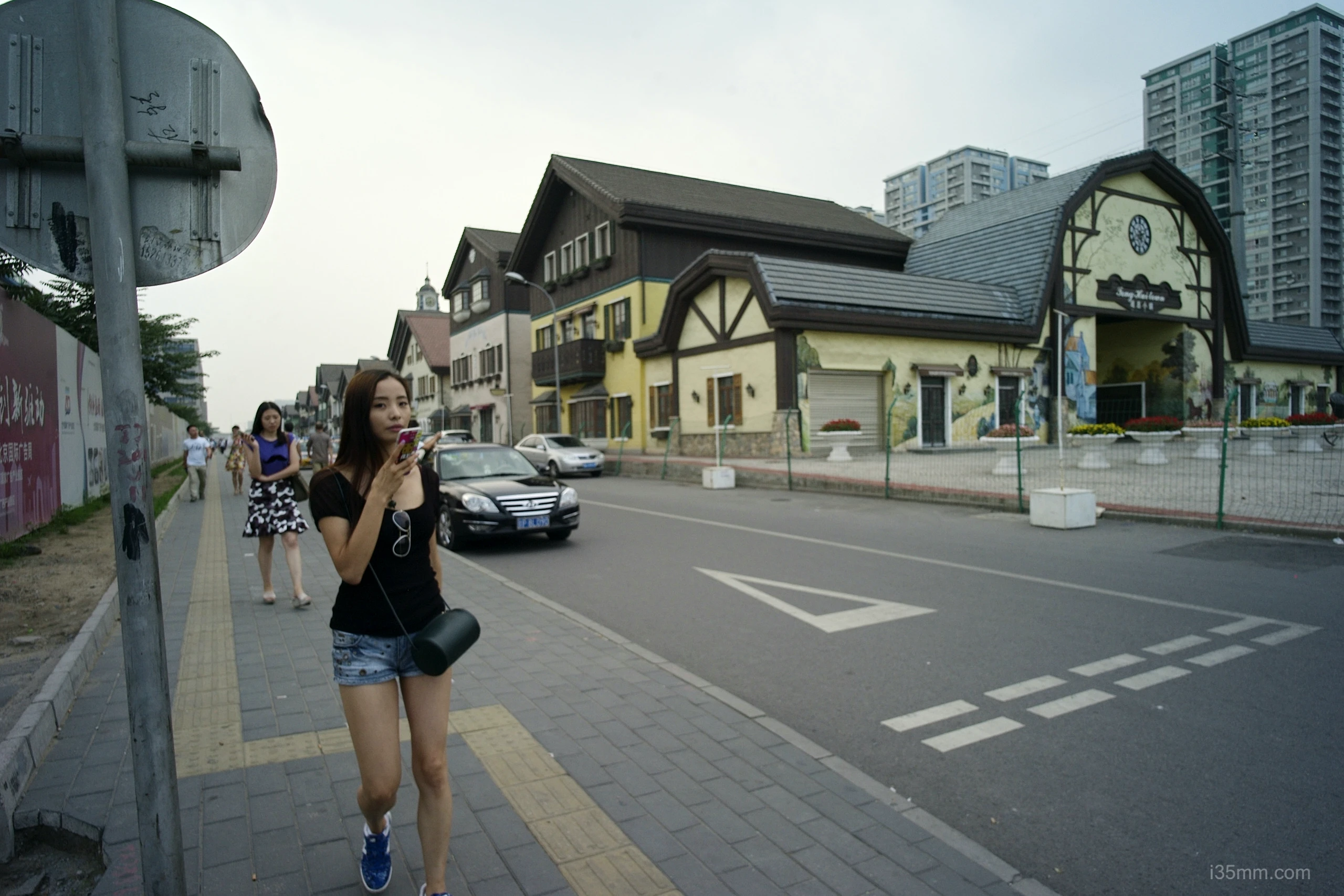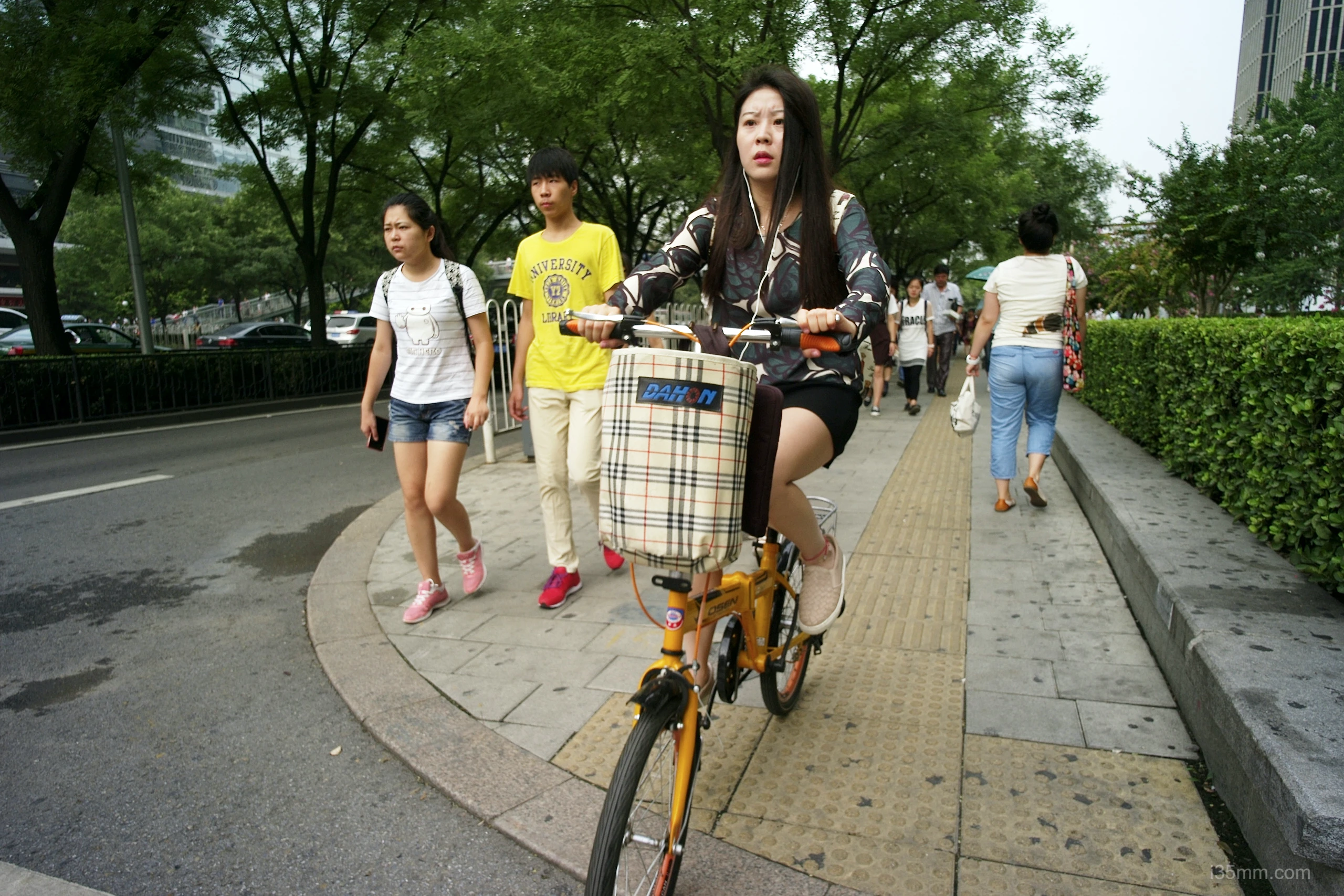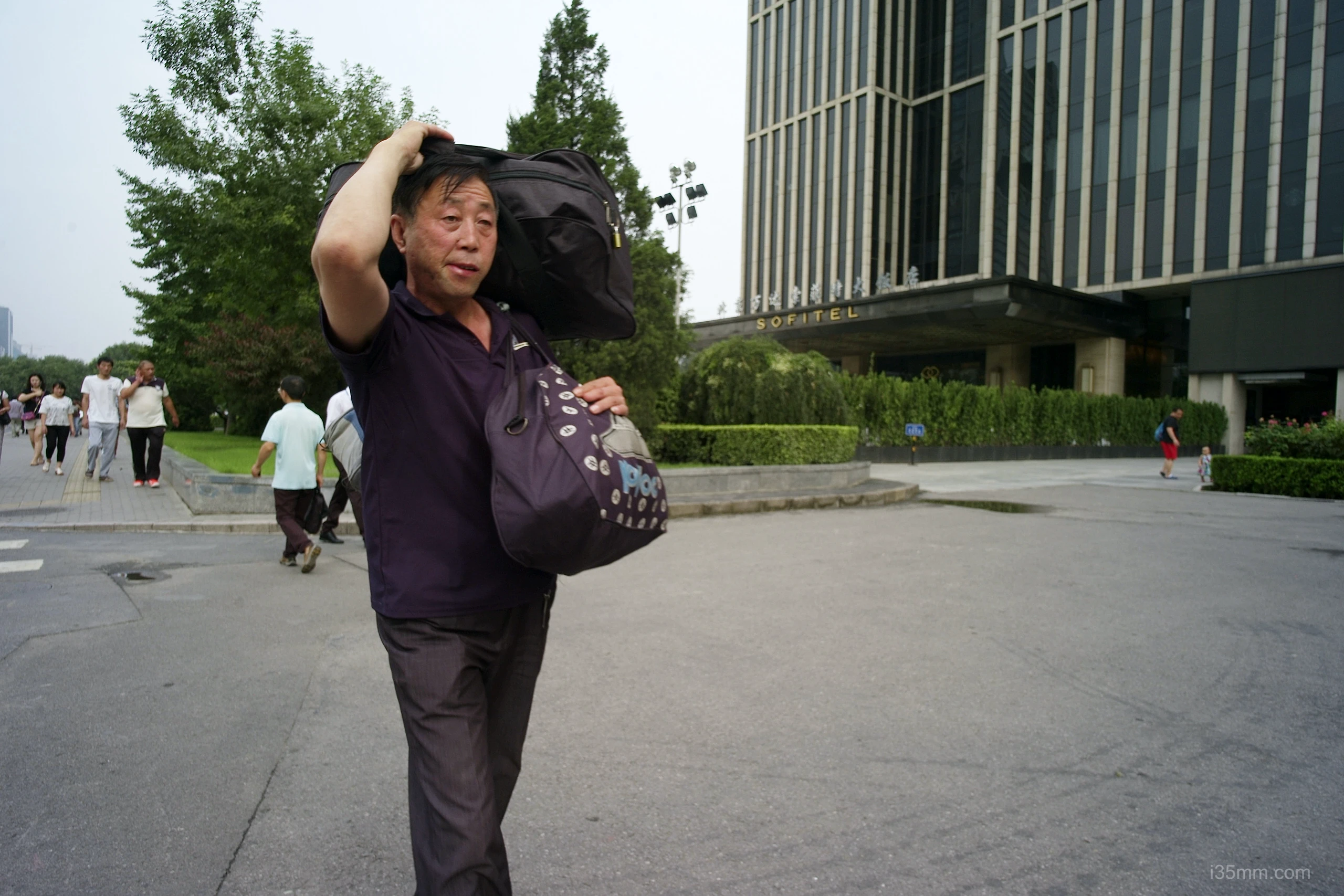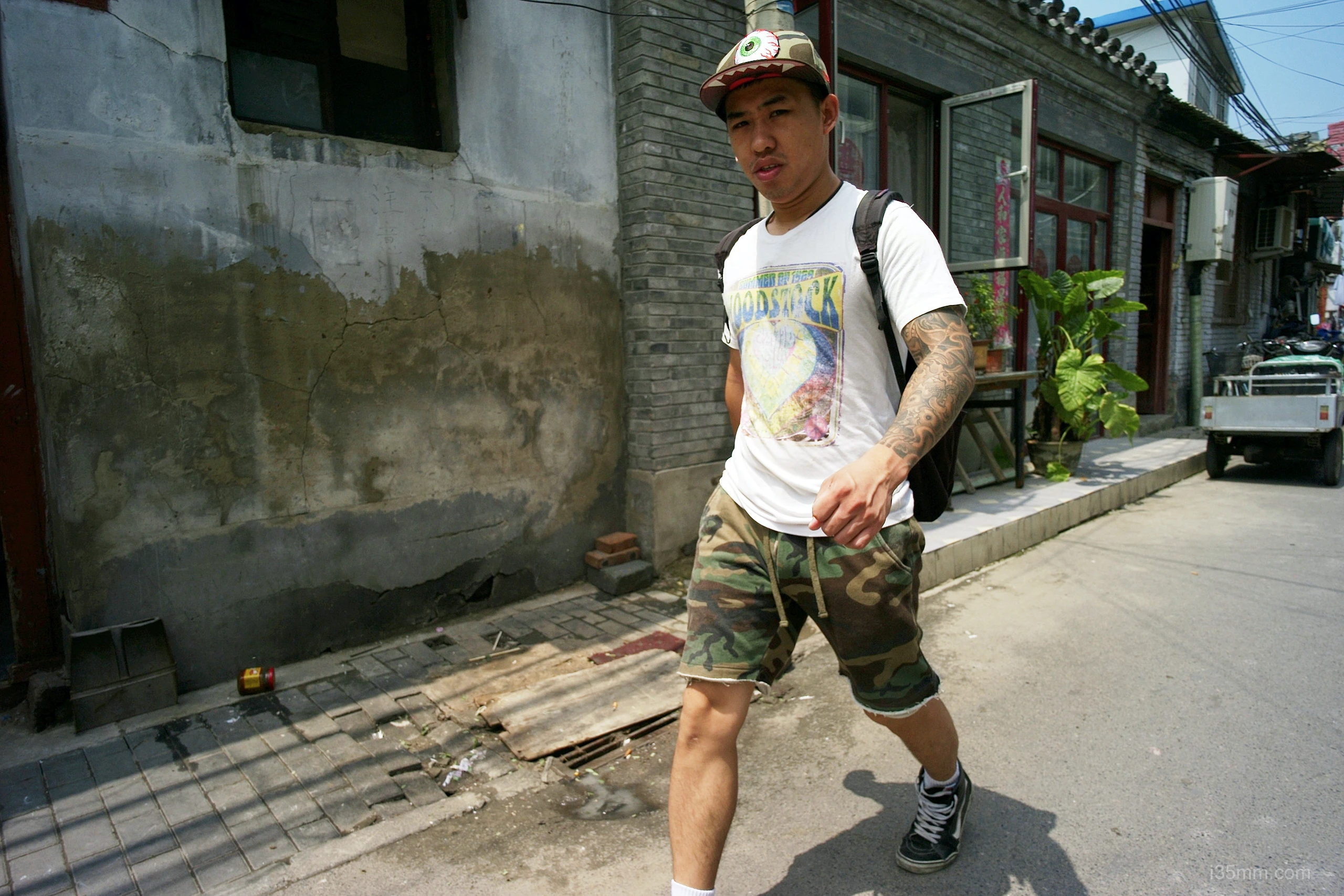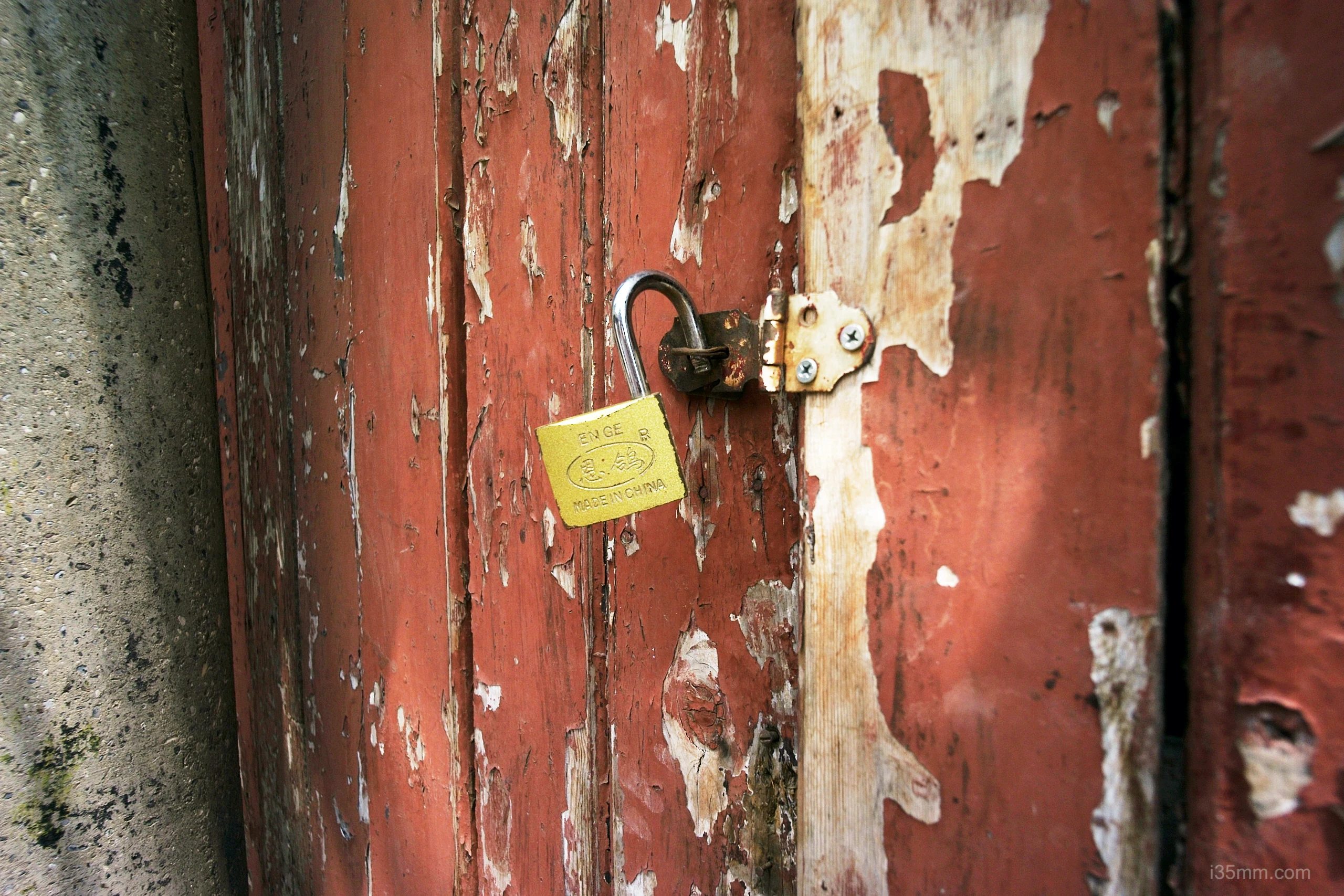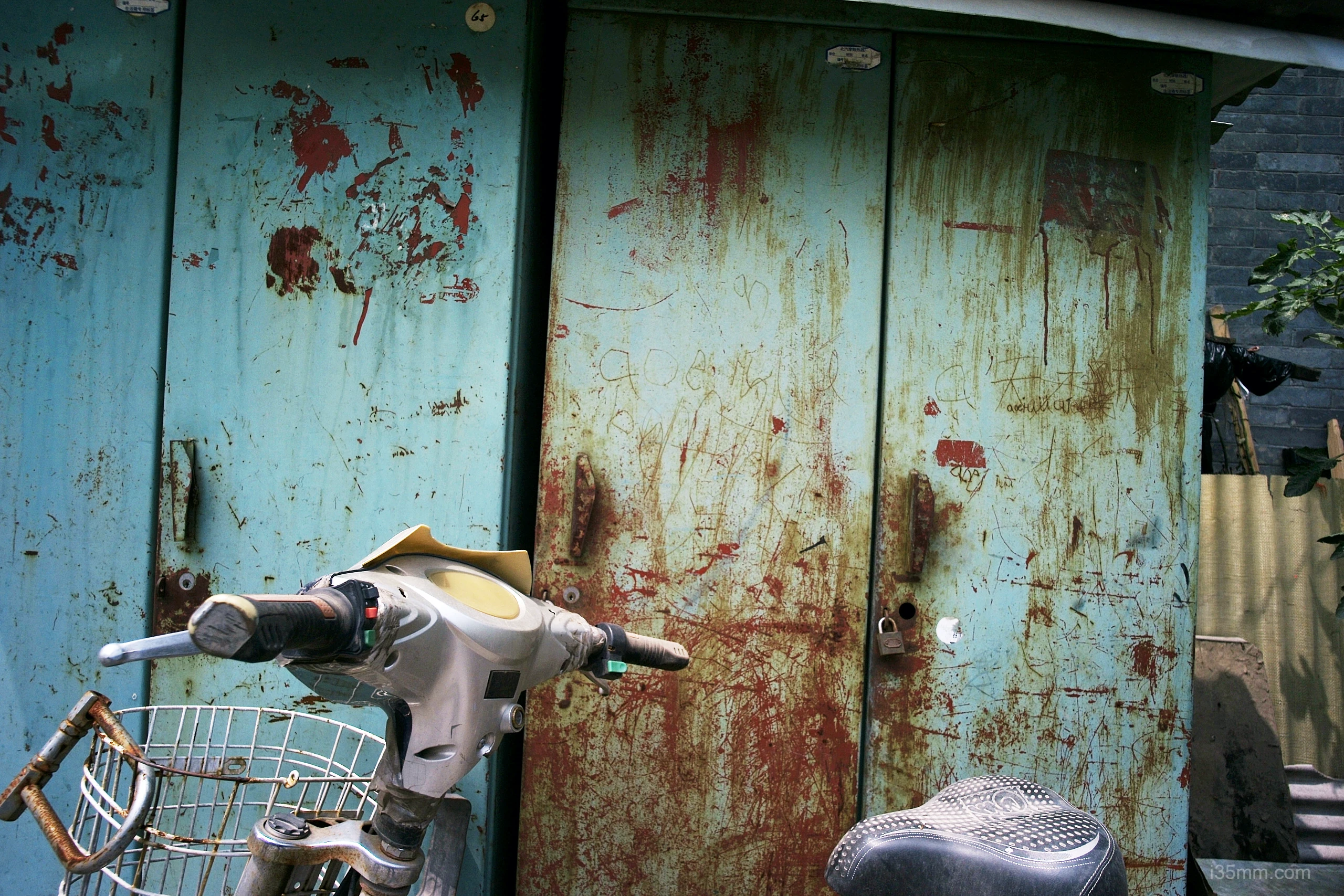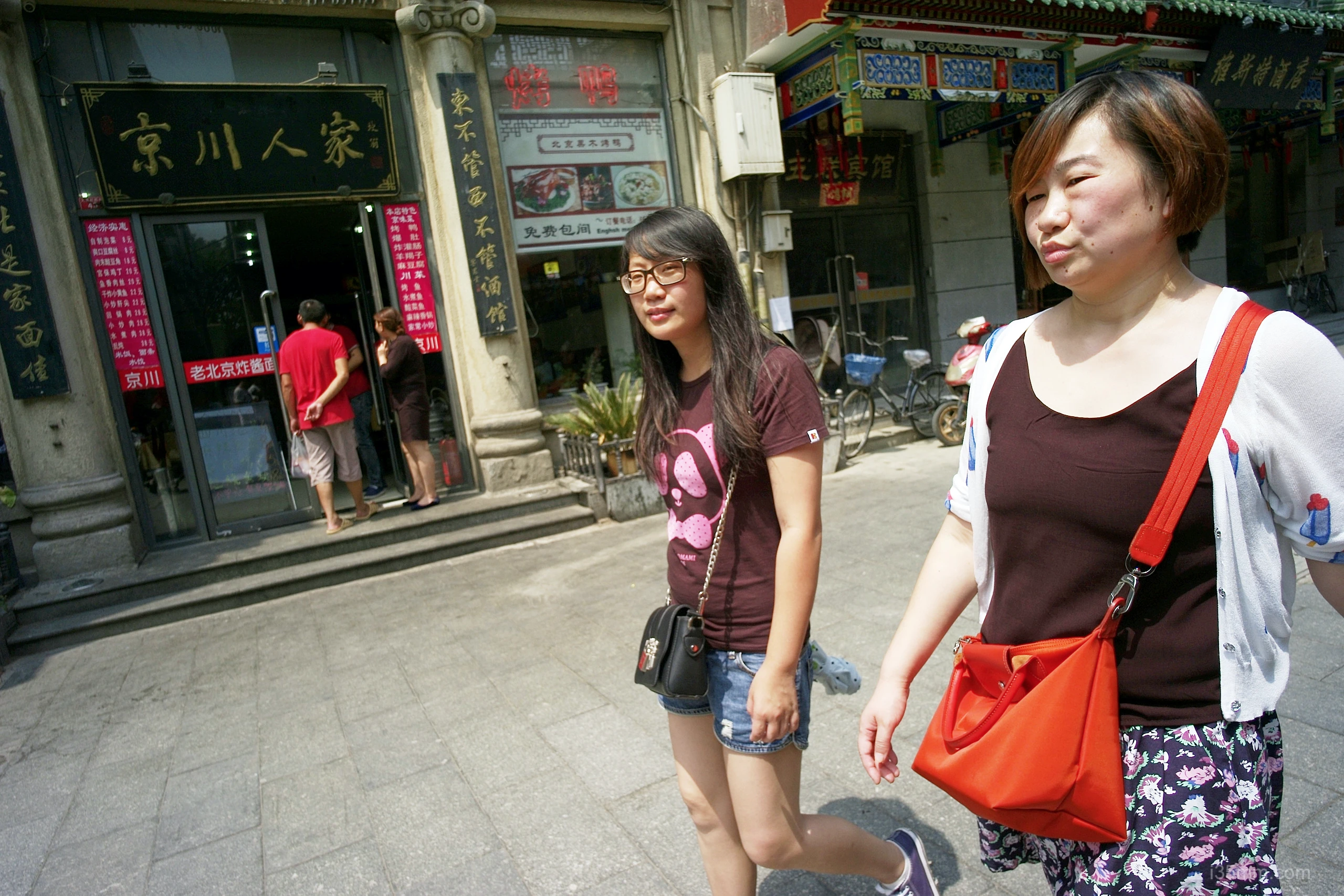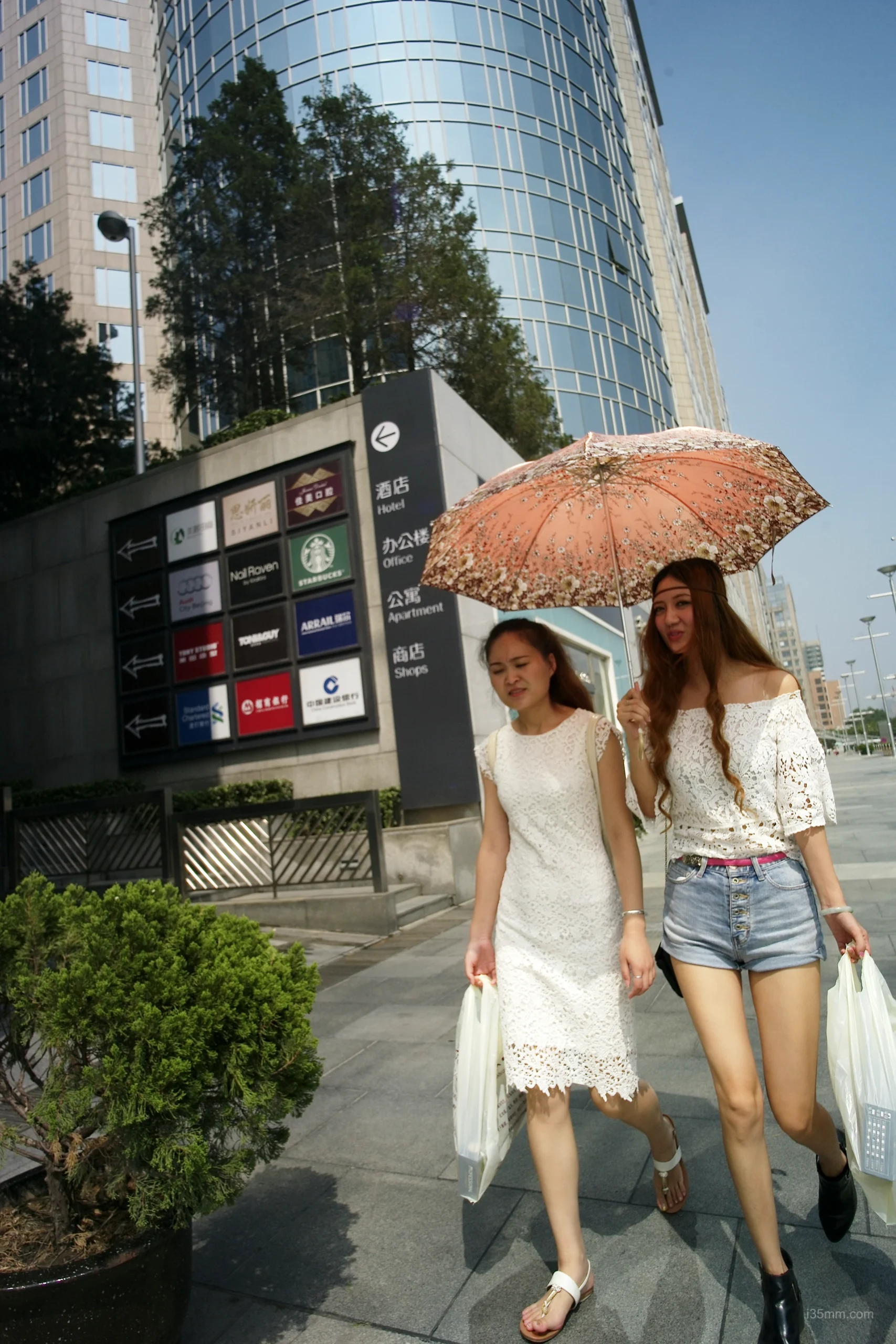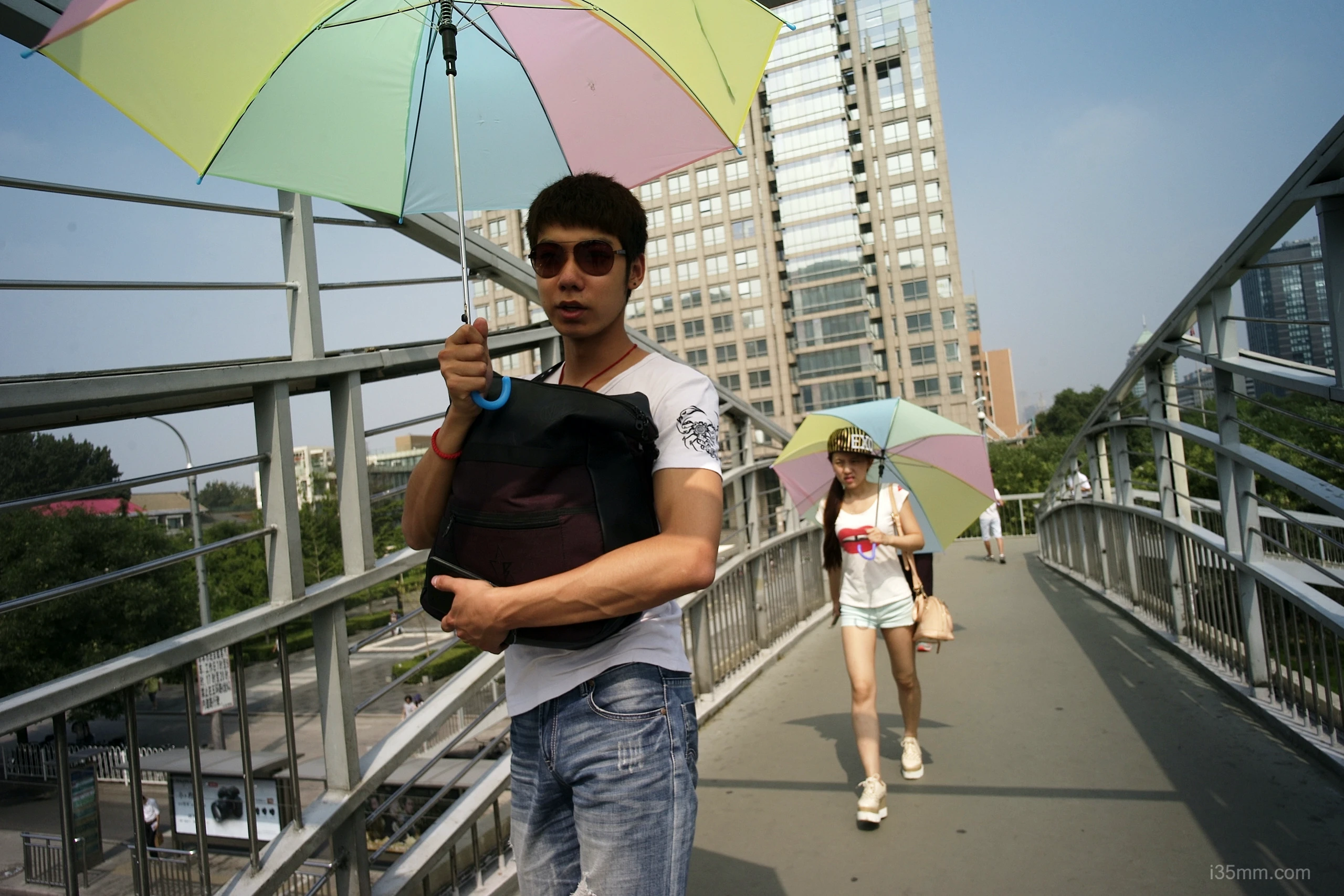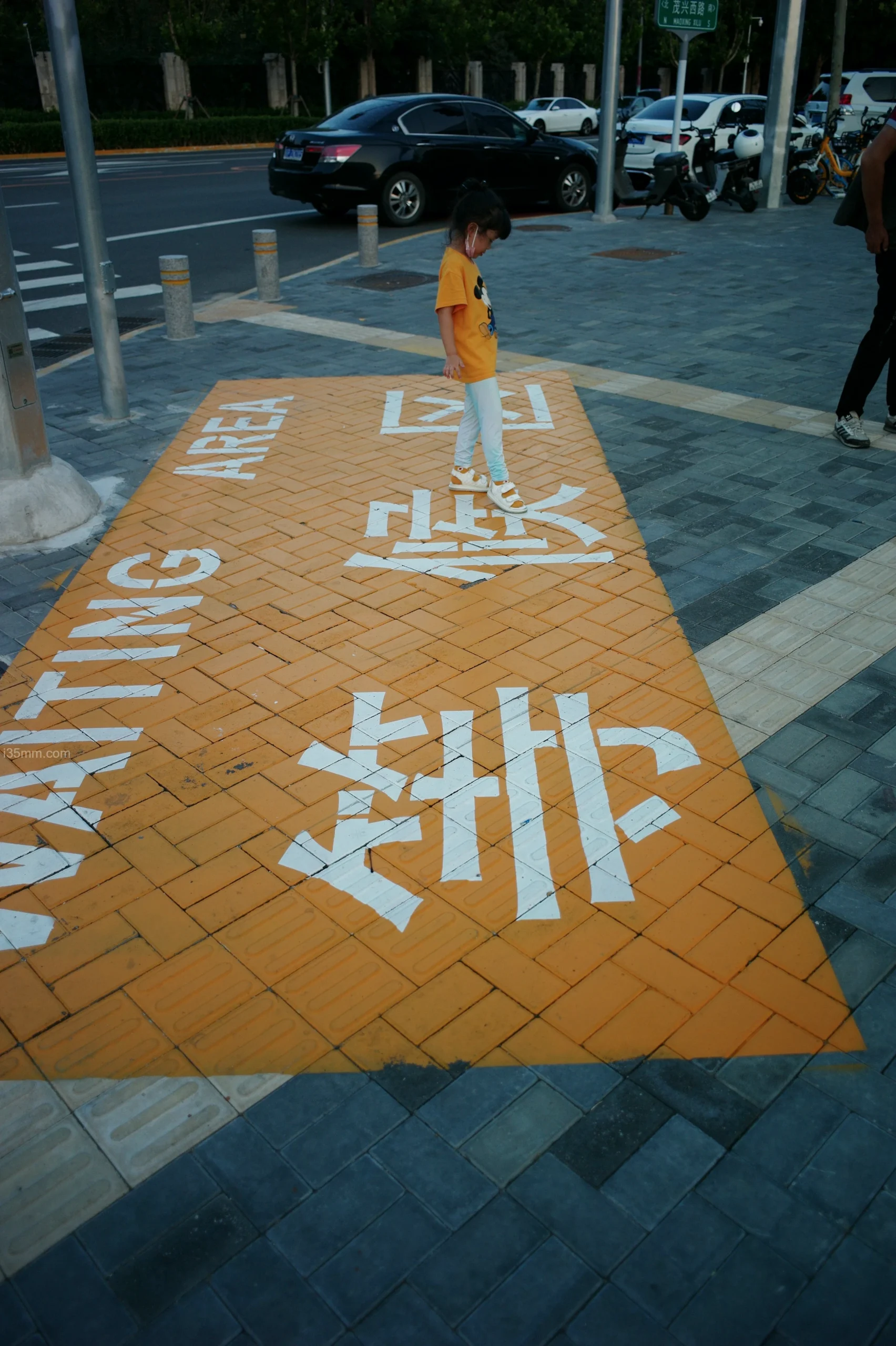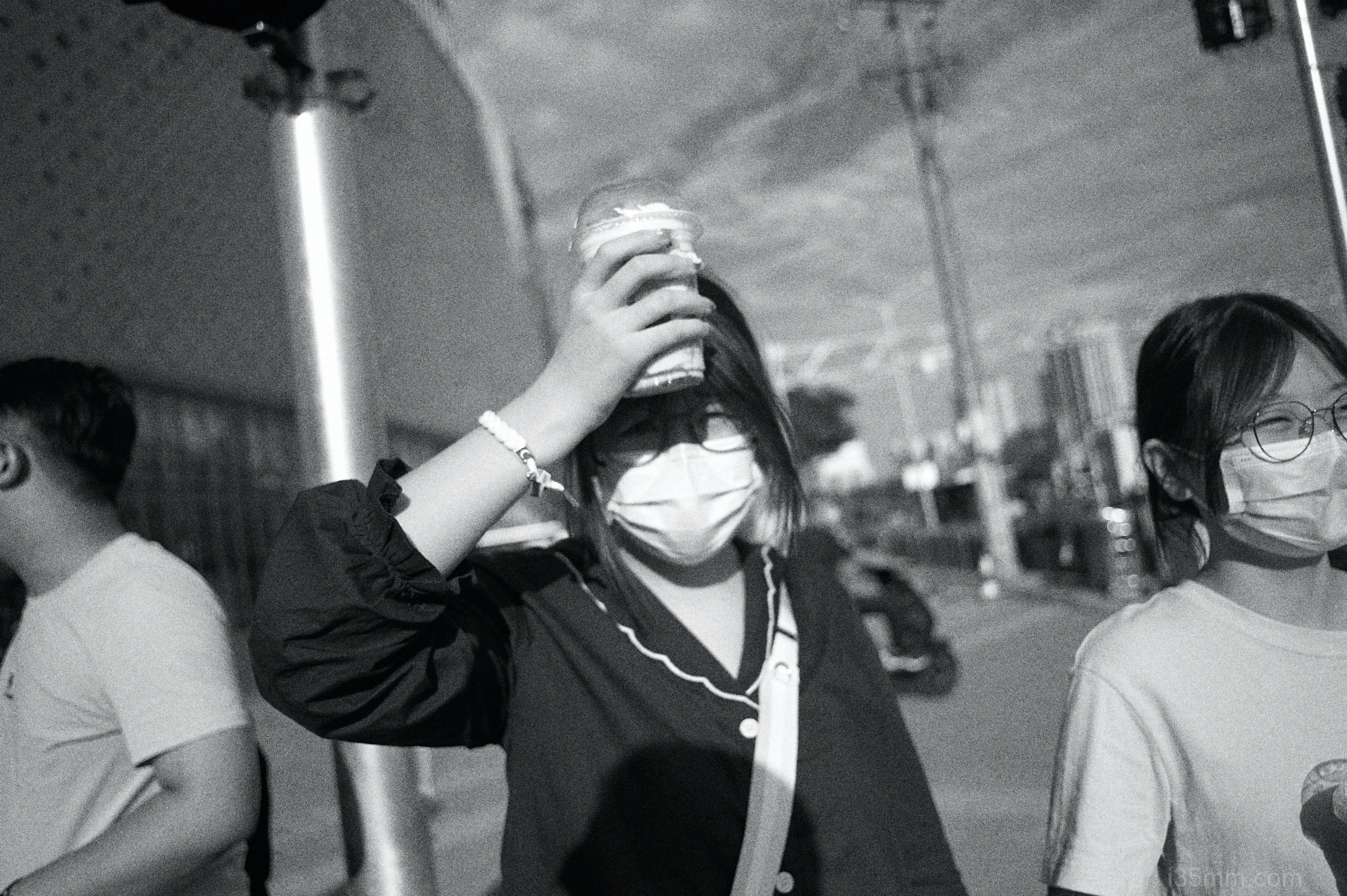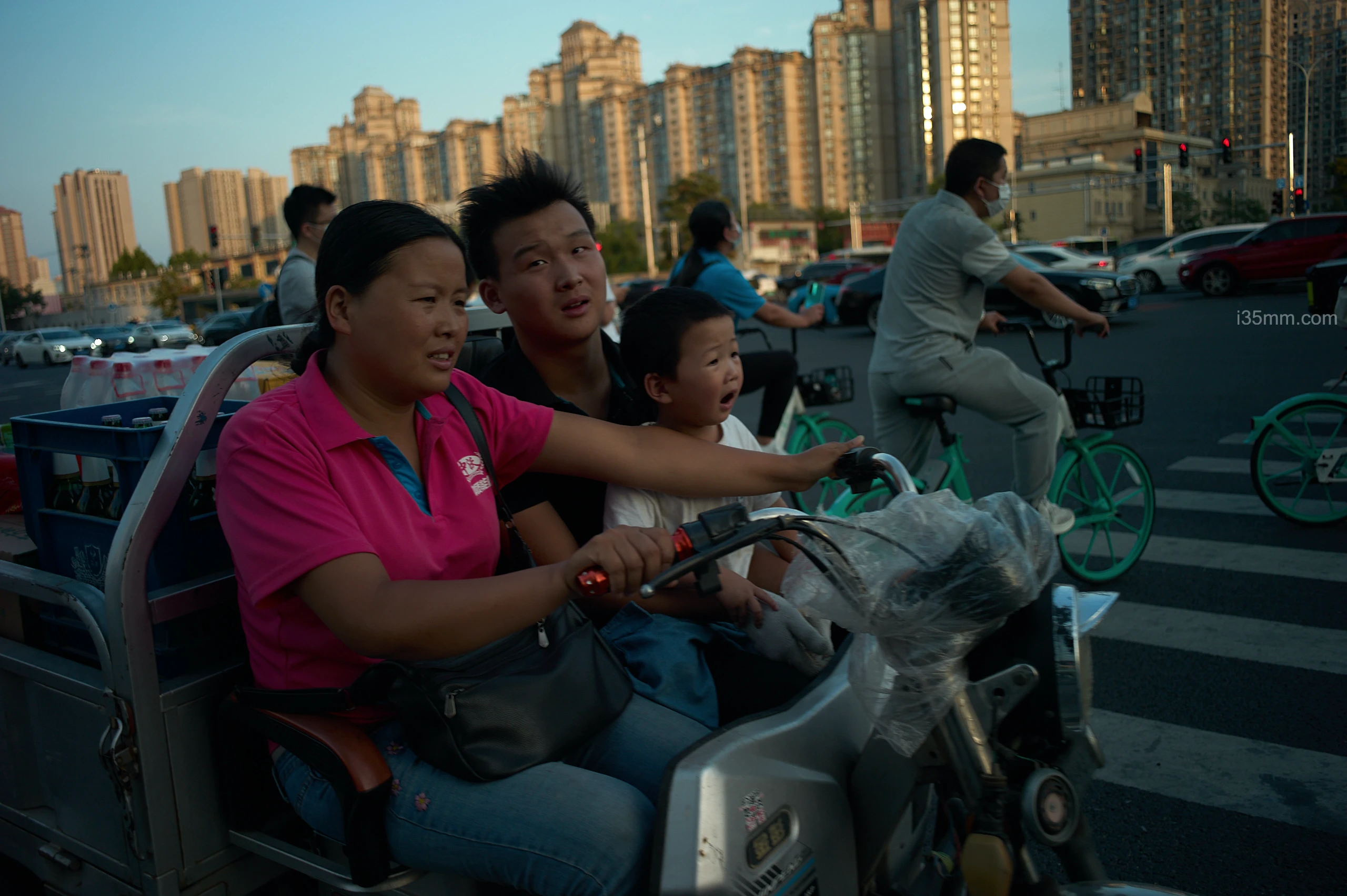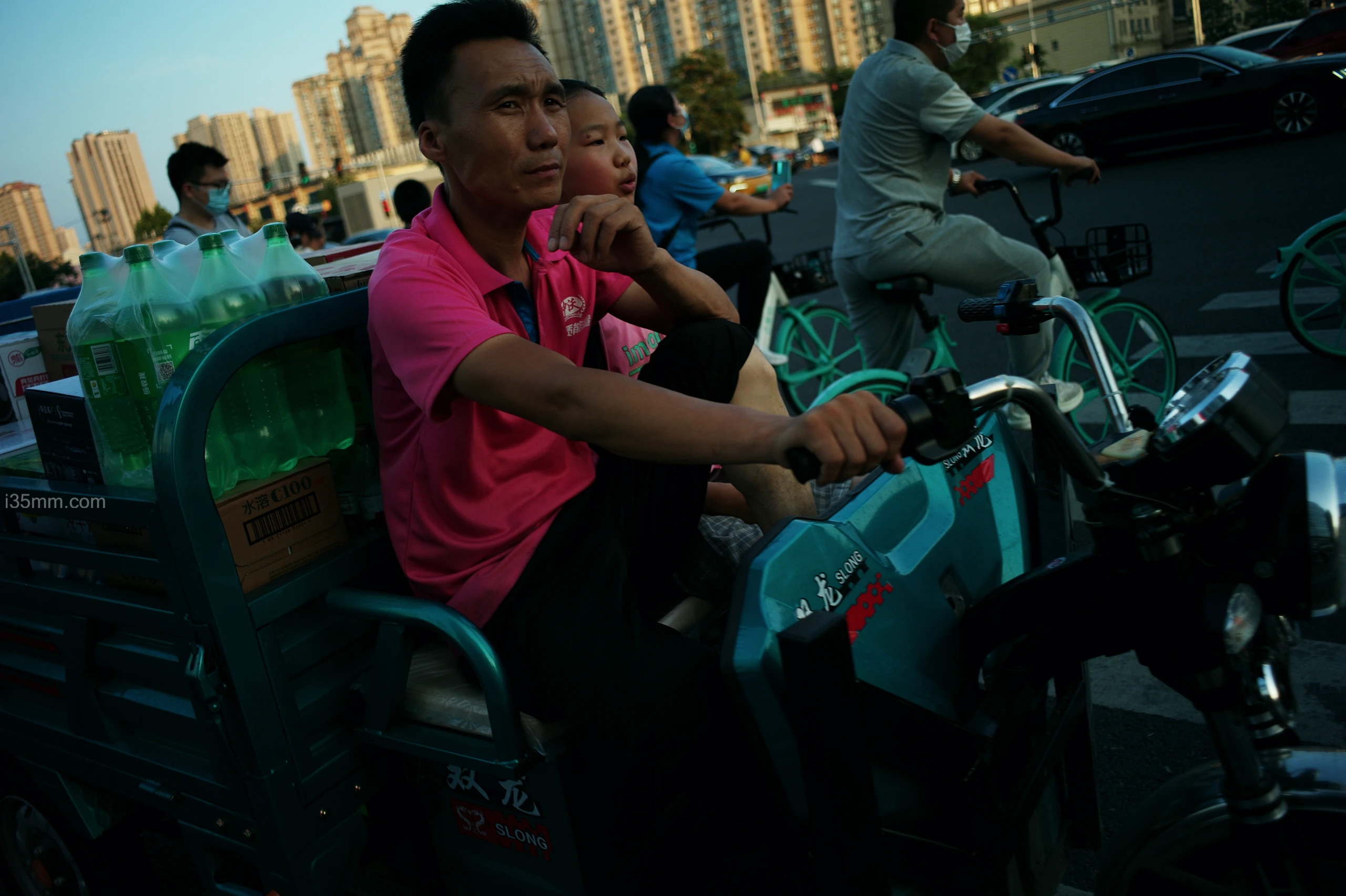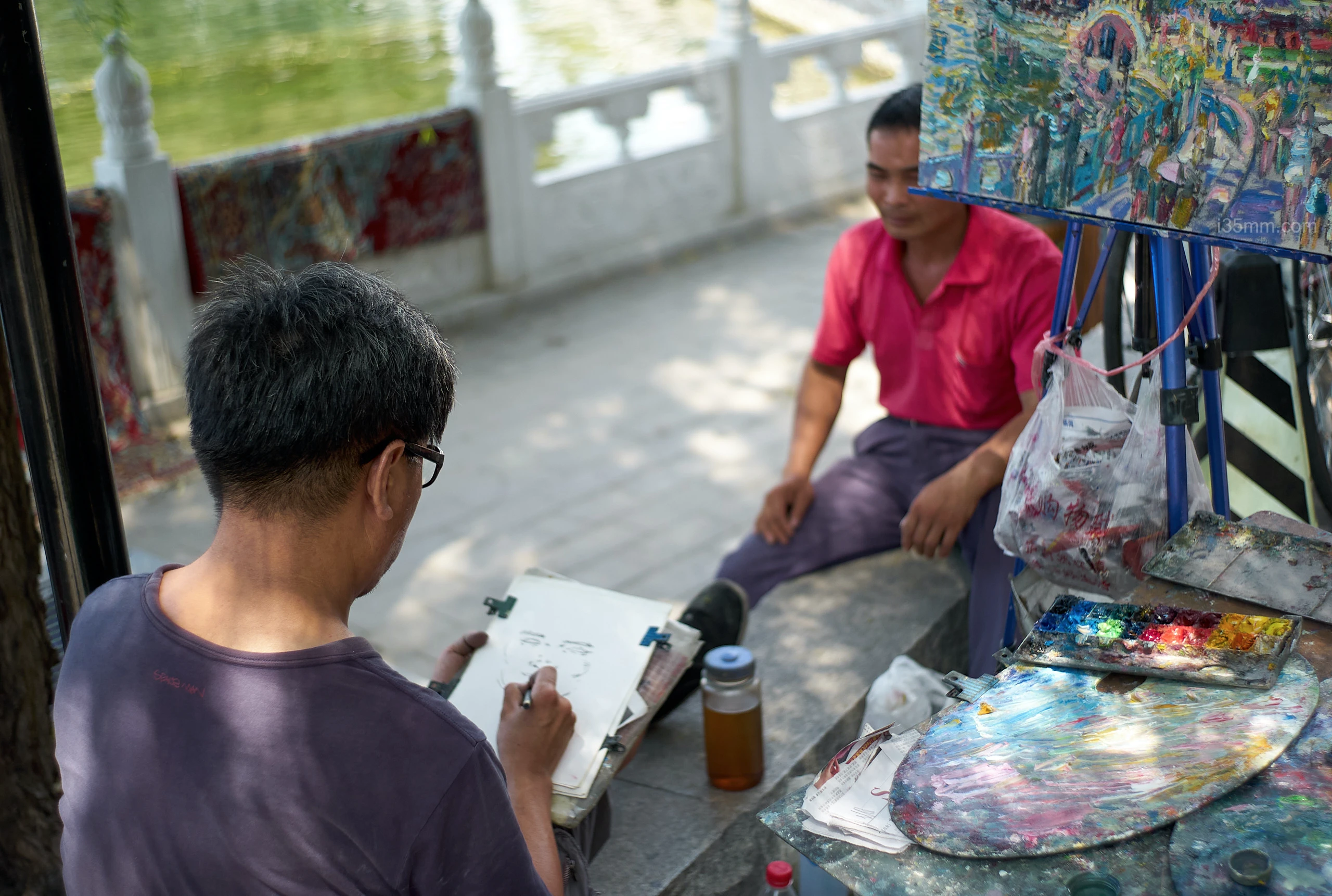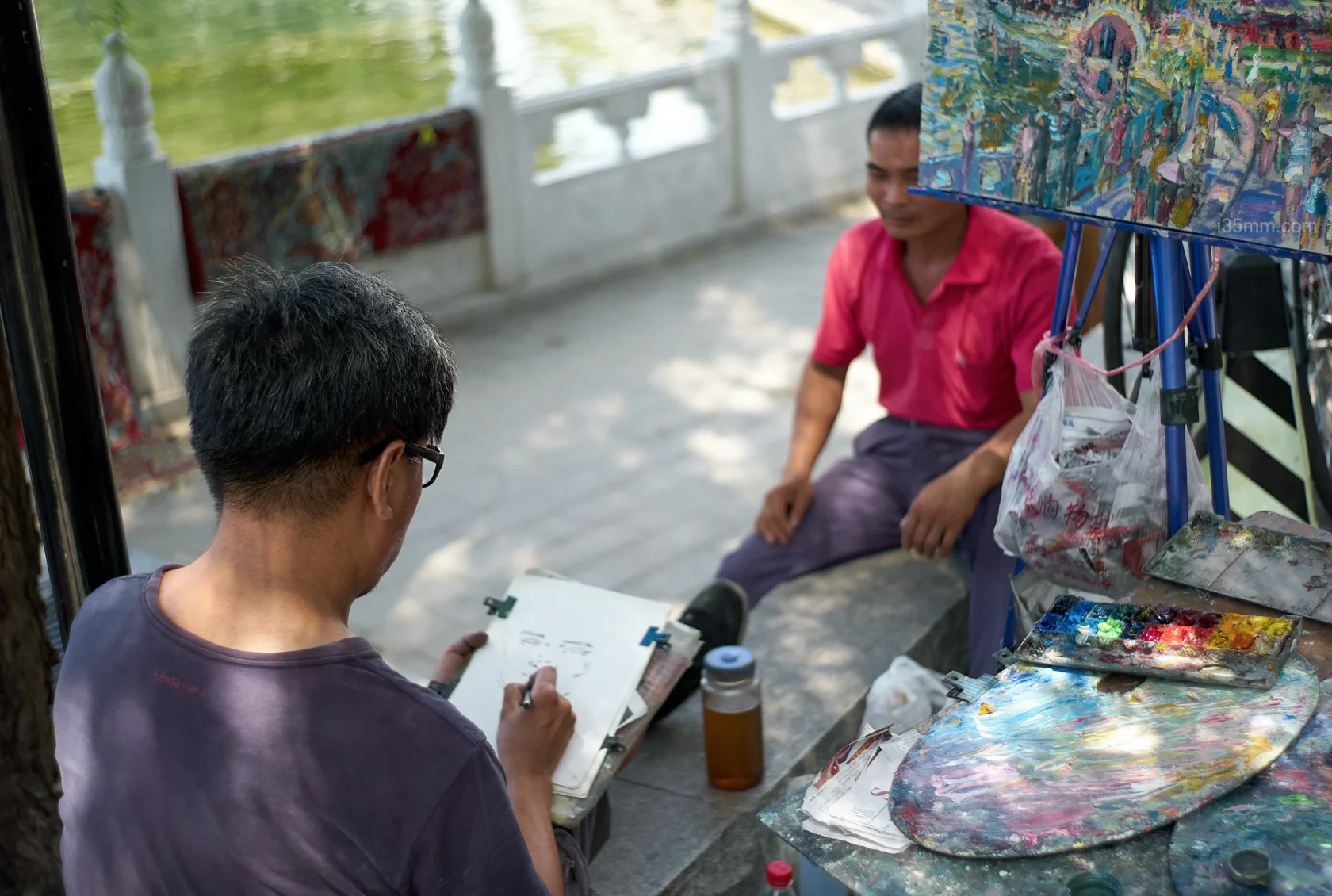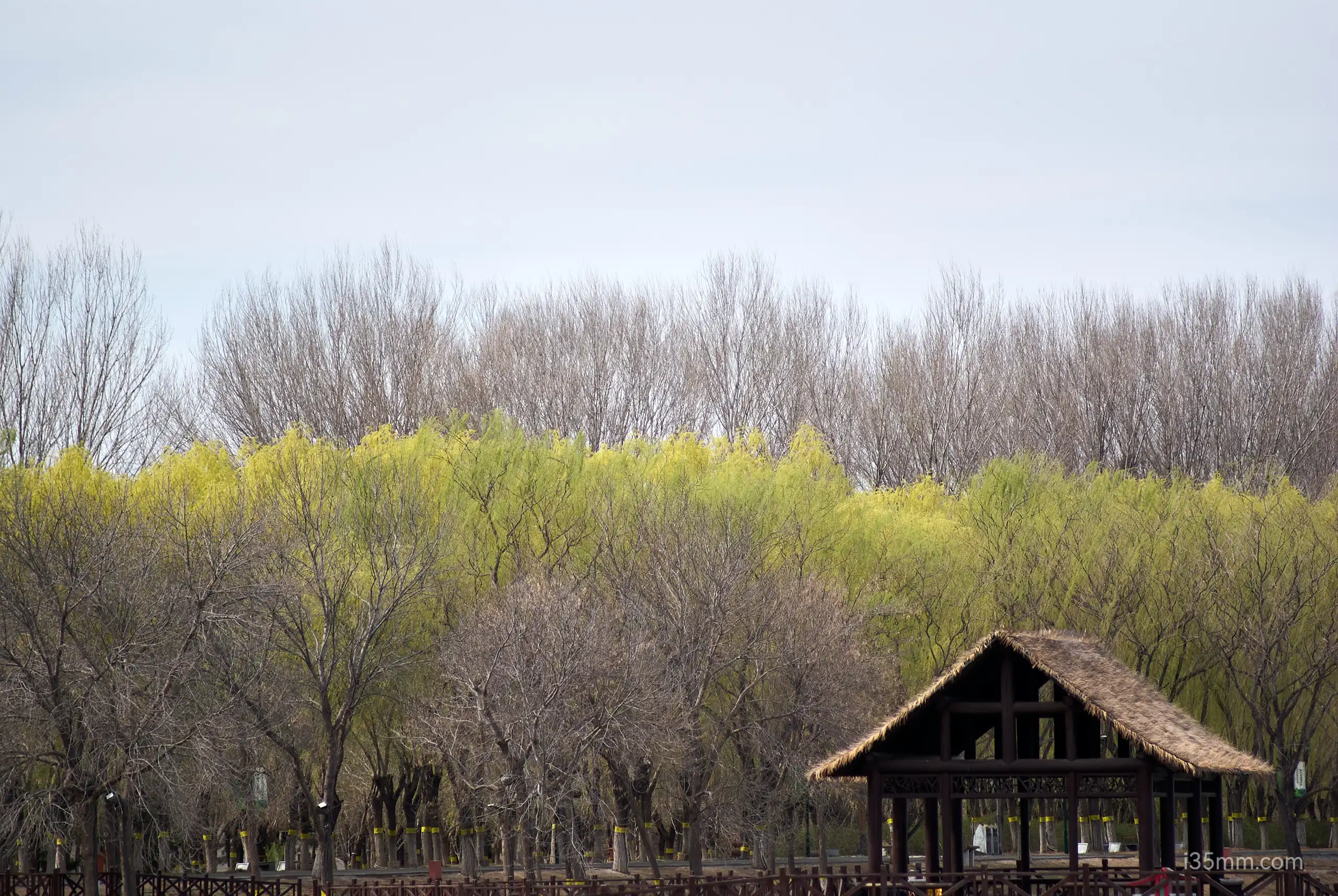
My Sony A300, with its CCD heart, captures spring like a time traveler stuck in 2008. It doesn’t record light—it whispers it. Those greens? Not emeralds, but fresh chlorophyll still trembling on willow buds. Those pinks? Not petals, but the shyness of first blooms caught mid-sigh.
CCD sensors are digital photography’s adolescence. Their color science stutters like a teenager’s heartbeat—overexposed whites blooming into halos, shadows clinging to blue like denim jackets in March wind. Every image wears a vintage sweater, all soft edges and nostalgic noise. This isn’t imperfection; it’s the raw grammar of beginnings.
CMOS is summer’s sober adult. Precise, efficient, flexing dynamic range like sunbaked muscles. Its colors don’t blush—they declare. Where CCD stumbles into accidental poetry (a blown highlight mimicking overeager laughter), CMOS calculates every photon like a banker counting daylight.
Yet I choose to wander with my CCD relic. These spring frames pulse with what EXIF data can’t quantify—the way morning light spills through Beijing’s hutong cracks like stolen apricot jam, how bicycle baskets overflow with pear blossoms pretending to be snow.
Youth isn’t in the device, but in how it fails. The A300’s blooming highlights? That’s spring refusing to hold its breath. The chromatic aberration around temple eaves? Time itself lens-flaring. When my focus hesitates on a girl’s flying hair instead of her face, the sensor shrugs: “So what? She’s moving, alive—aren’t you?”
Come July, I’ll let CMOS harvest summer’s ripe light. But today, my CCD and I chase adolescent photons—those wild particles that haven’t yet learned to behave.
